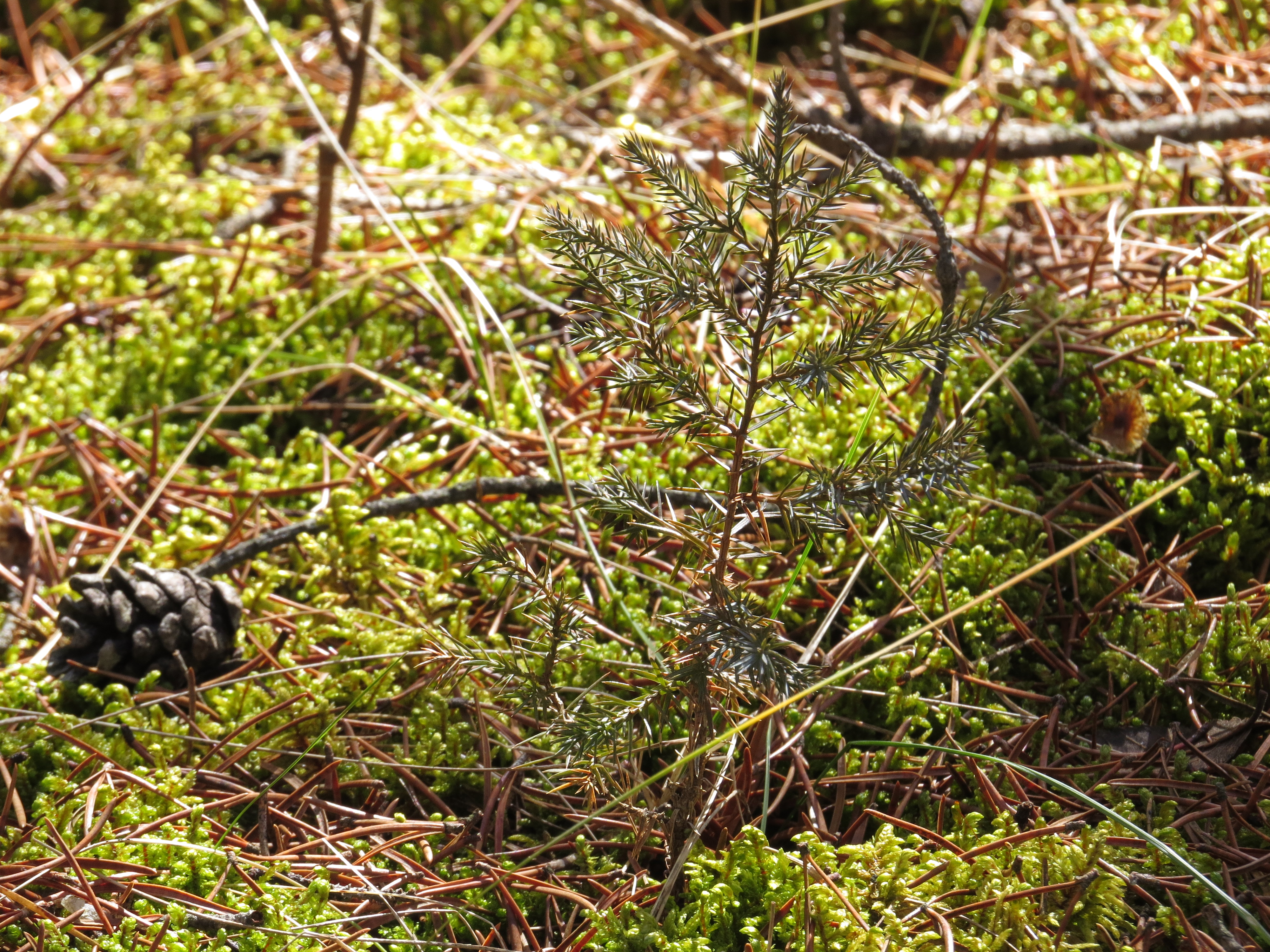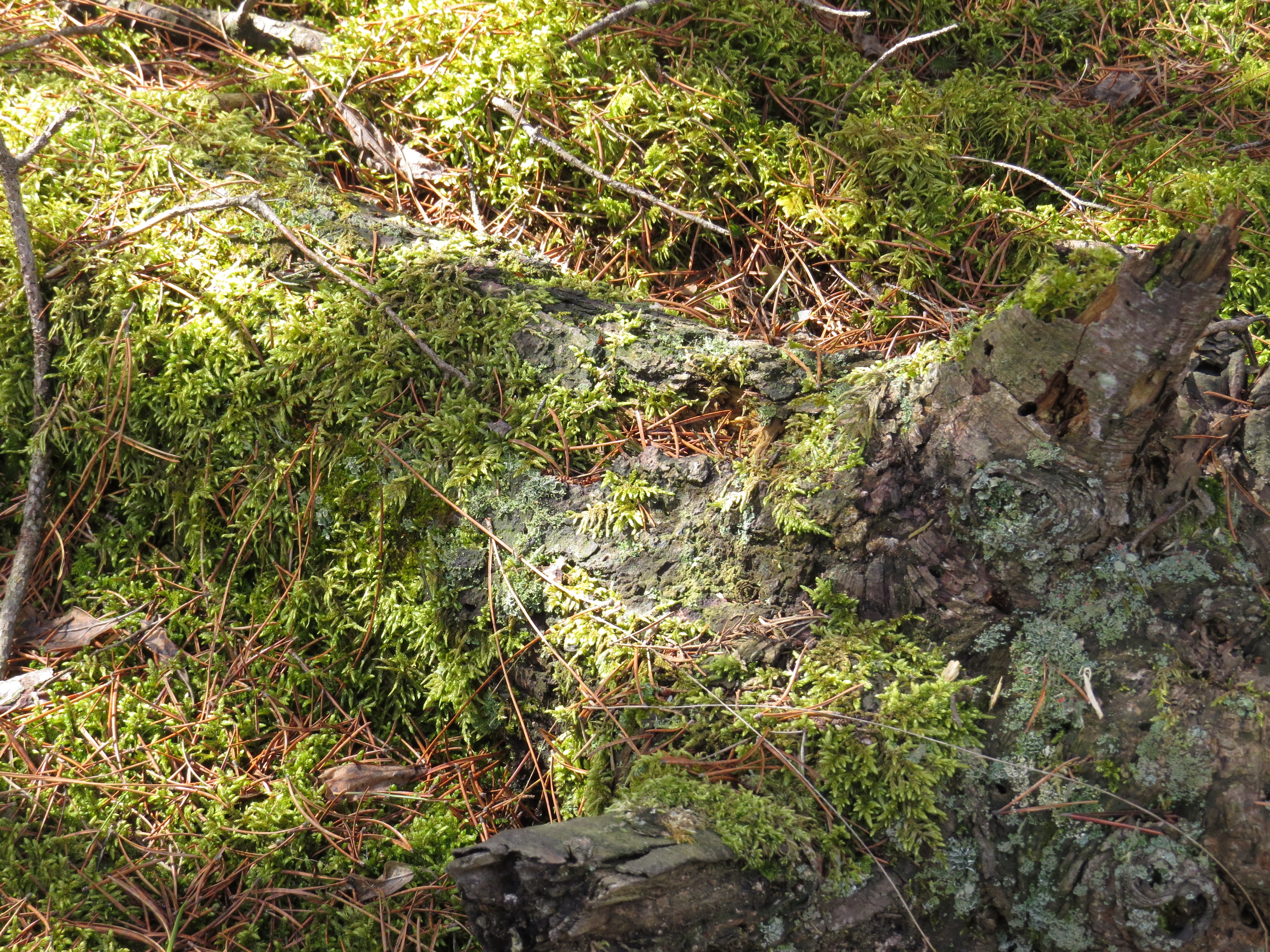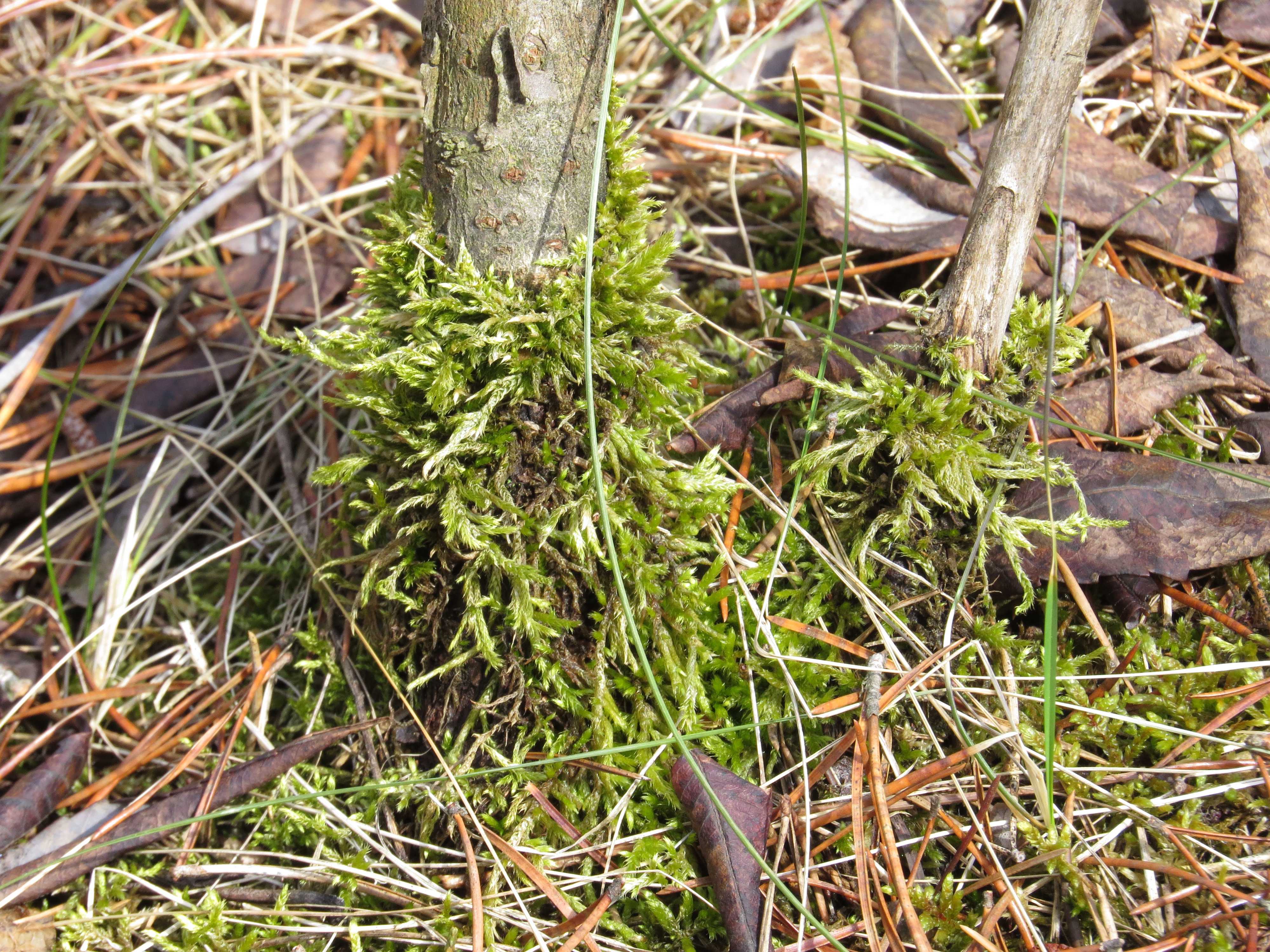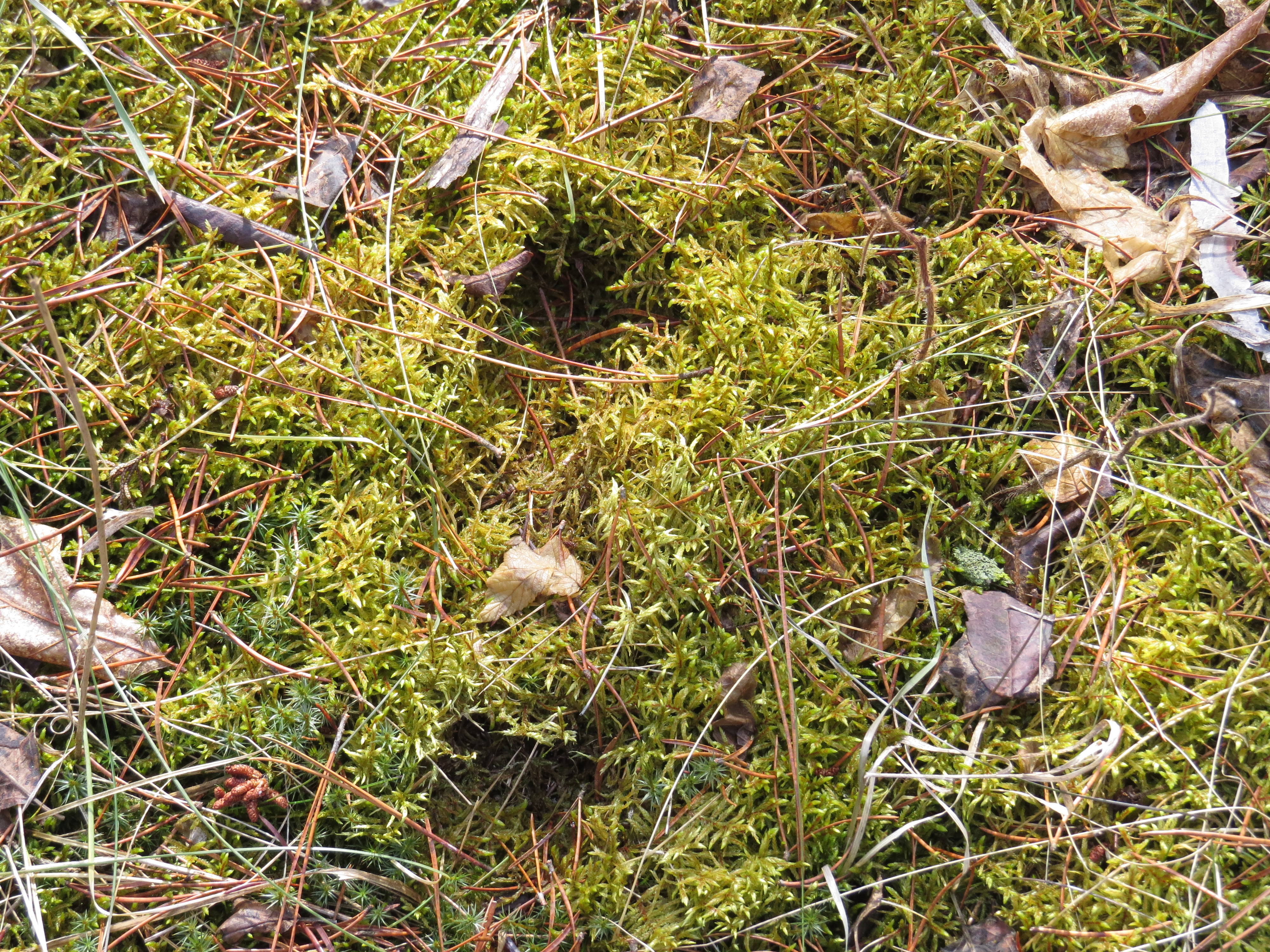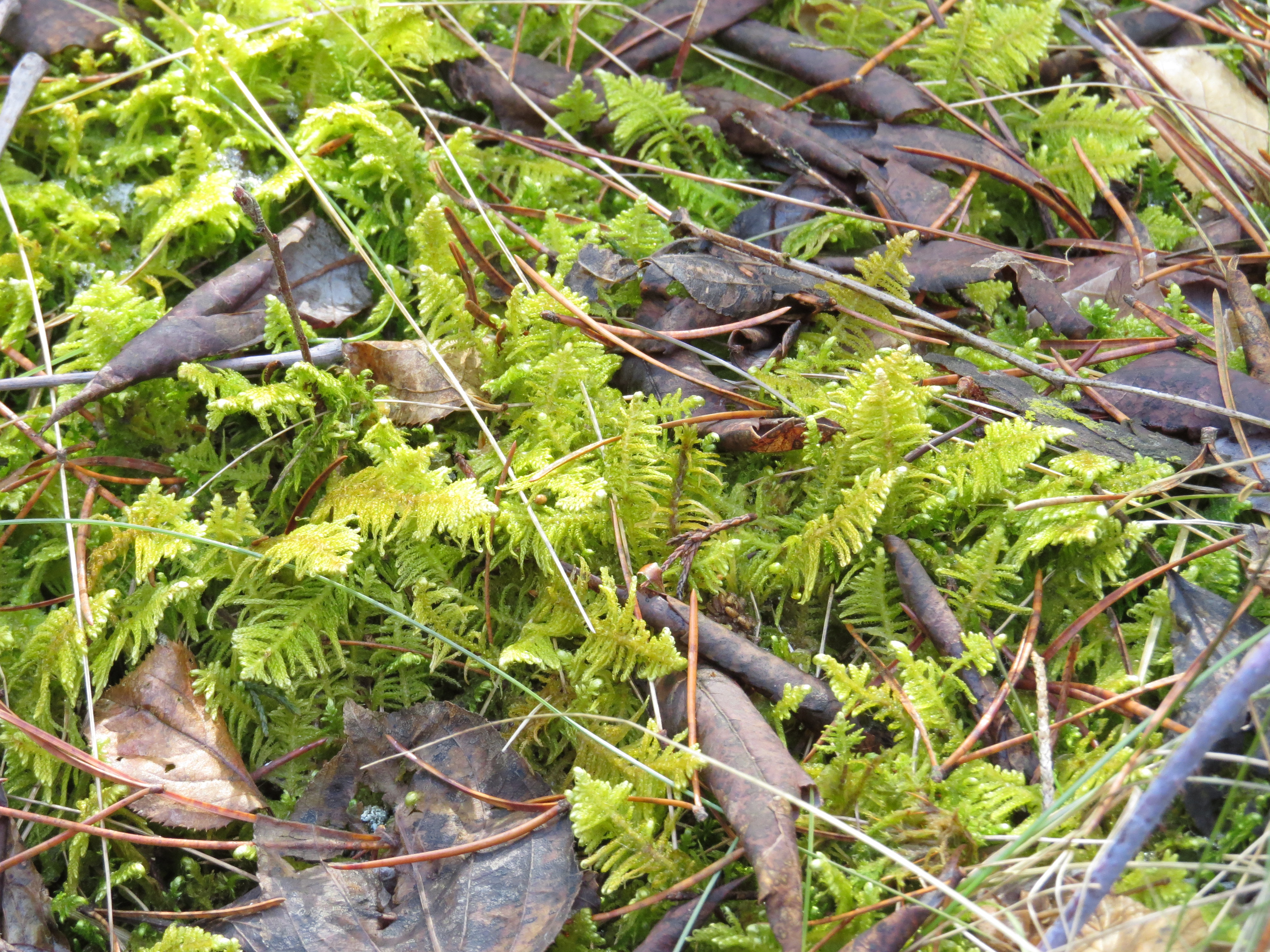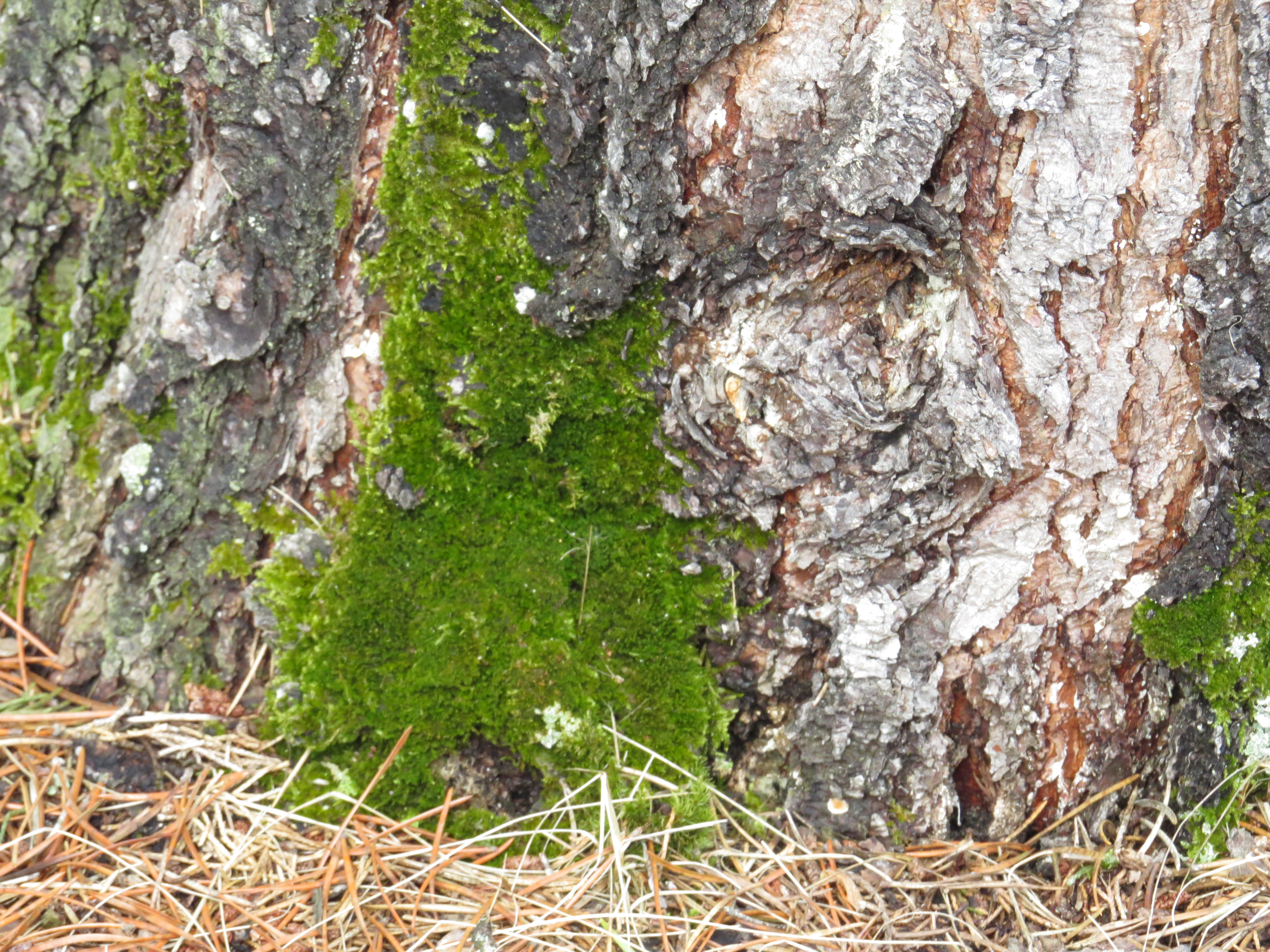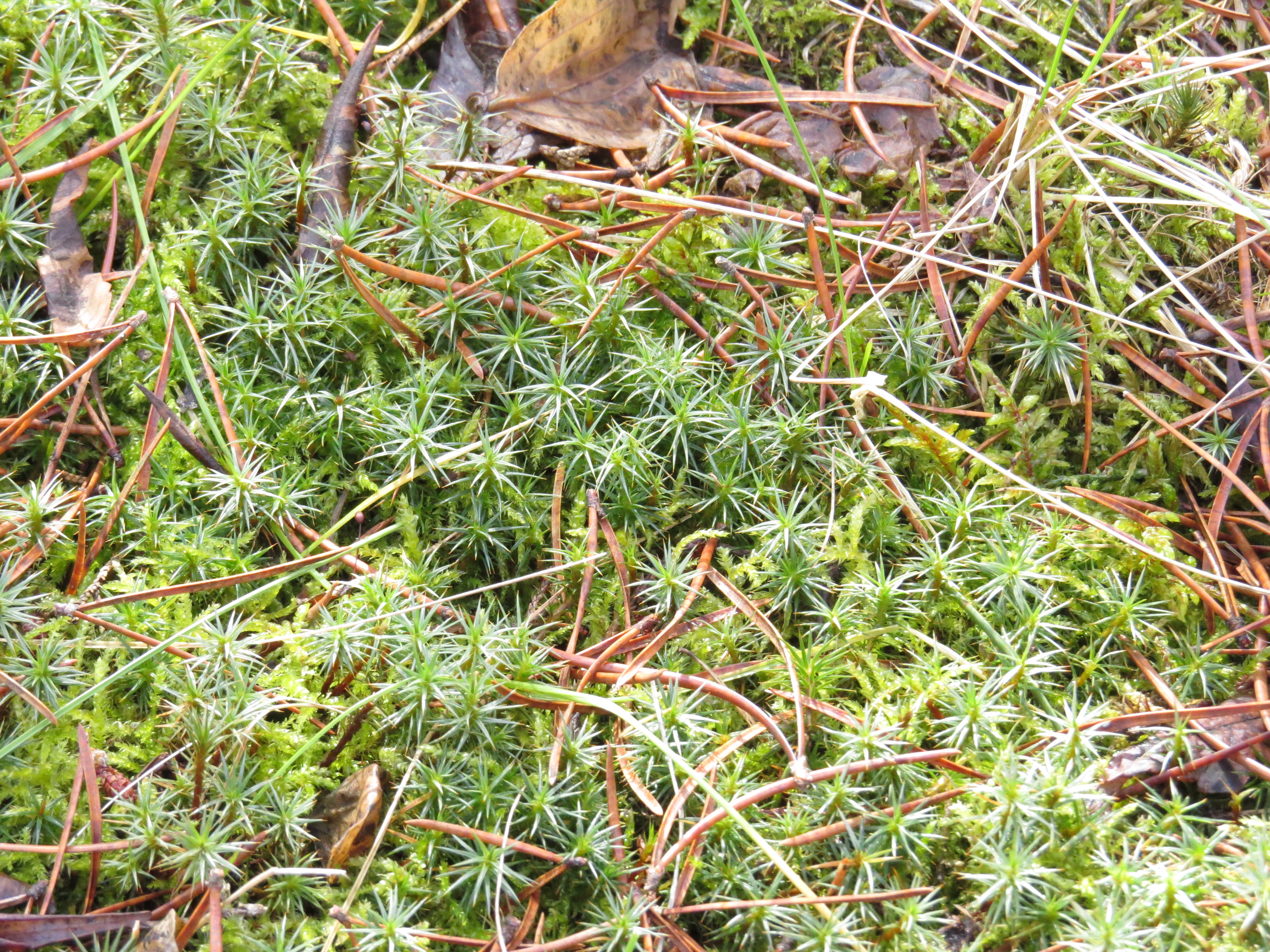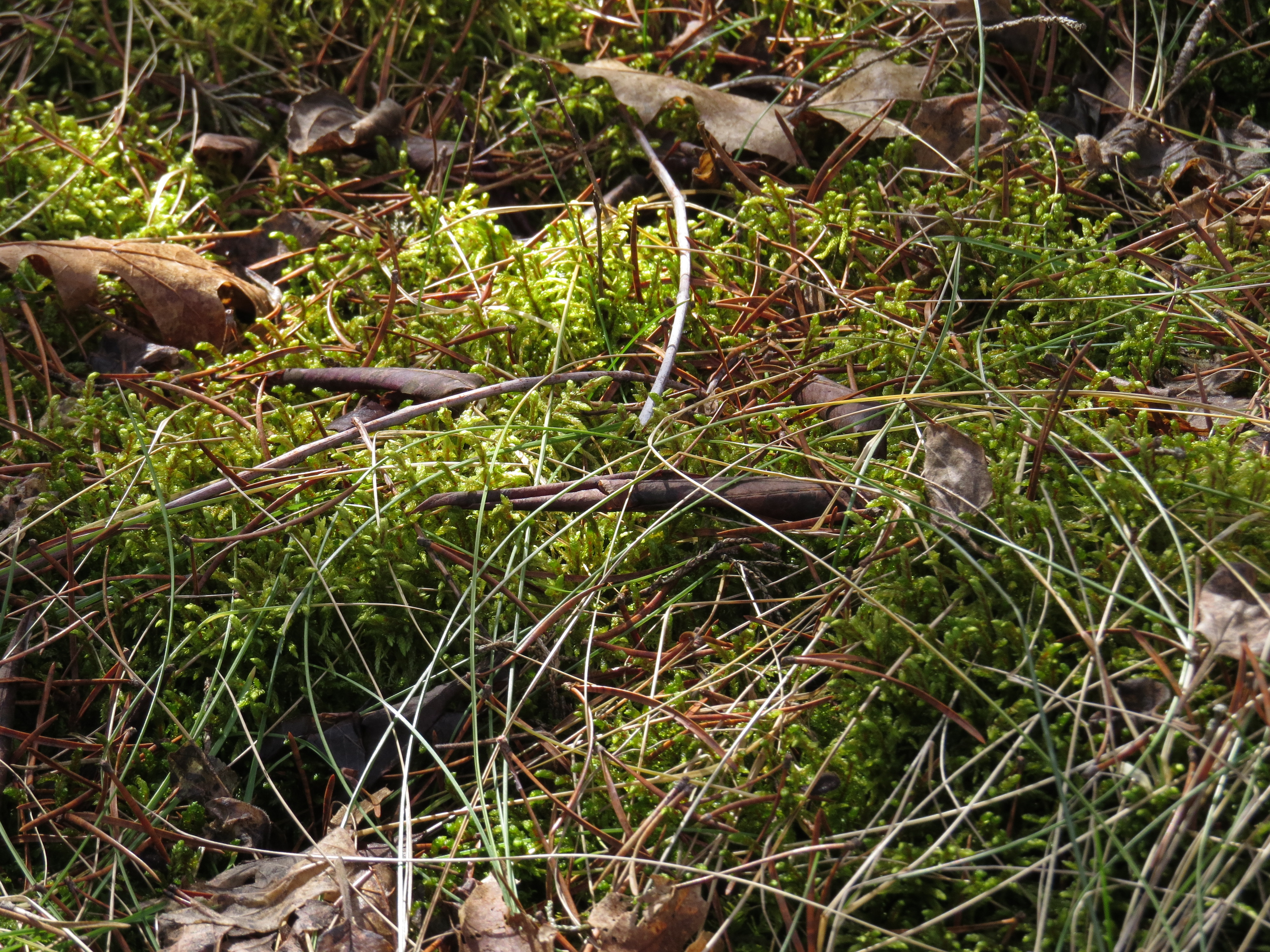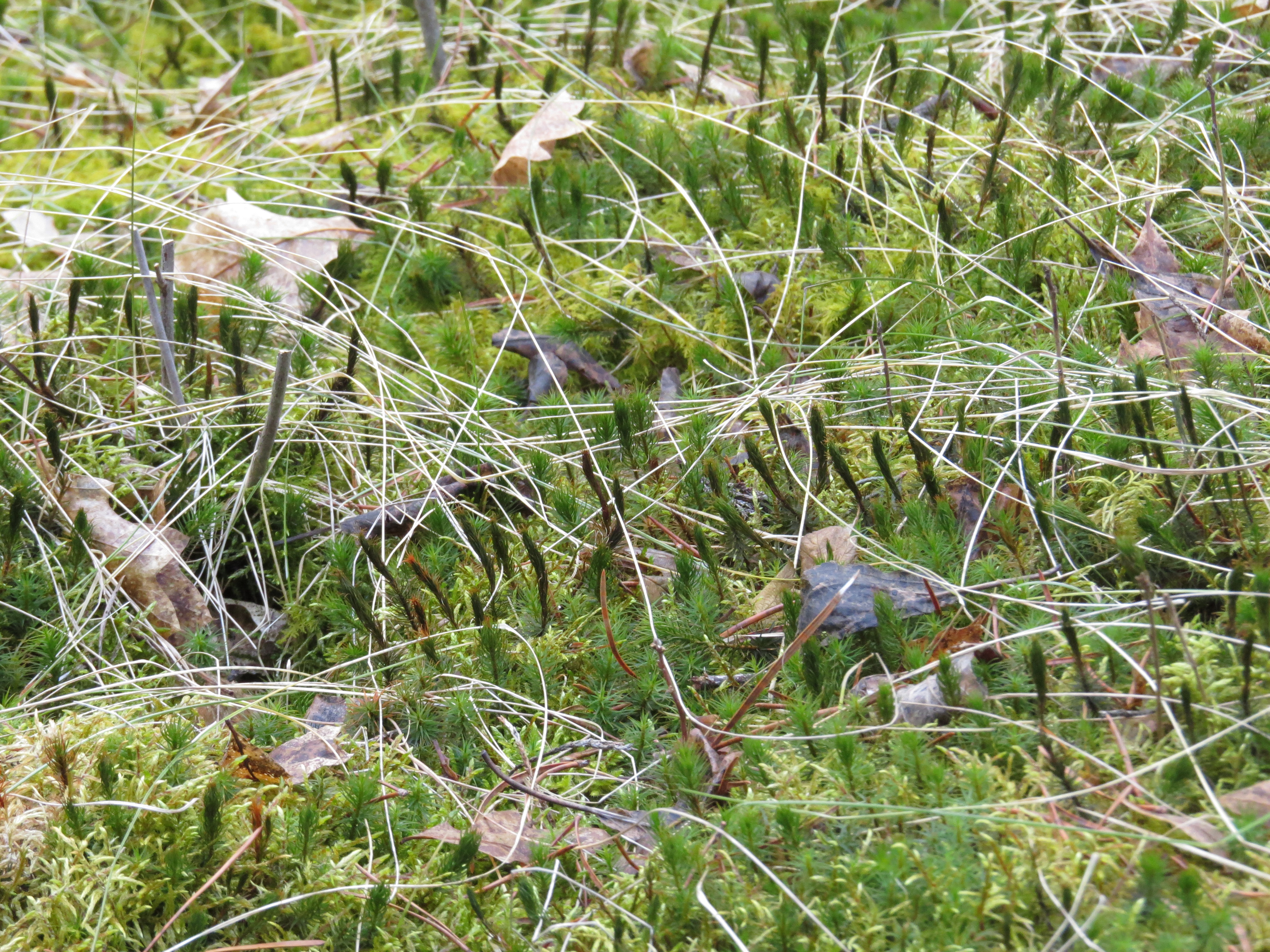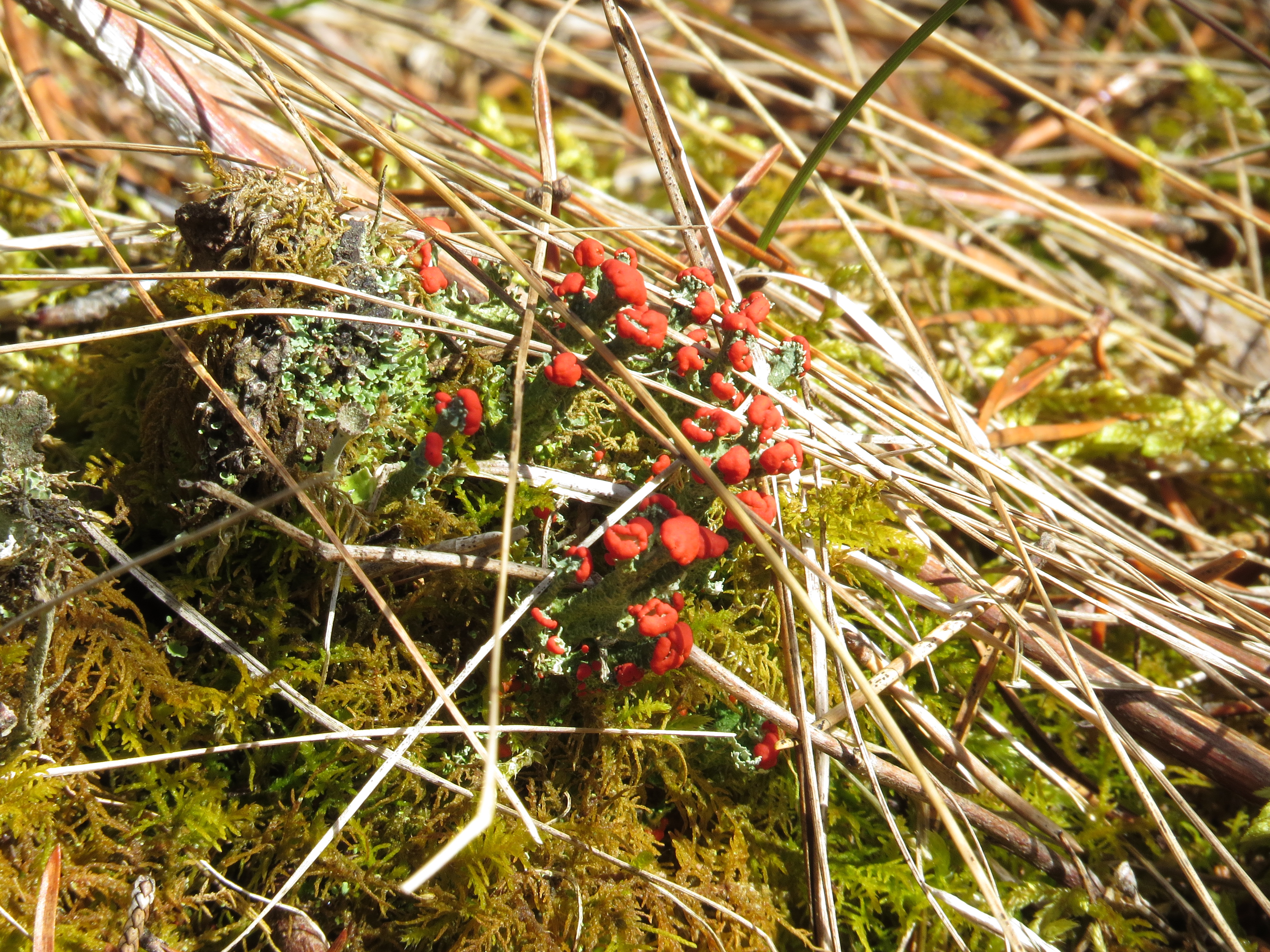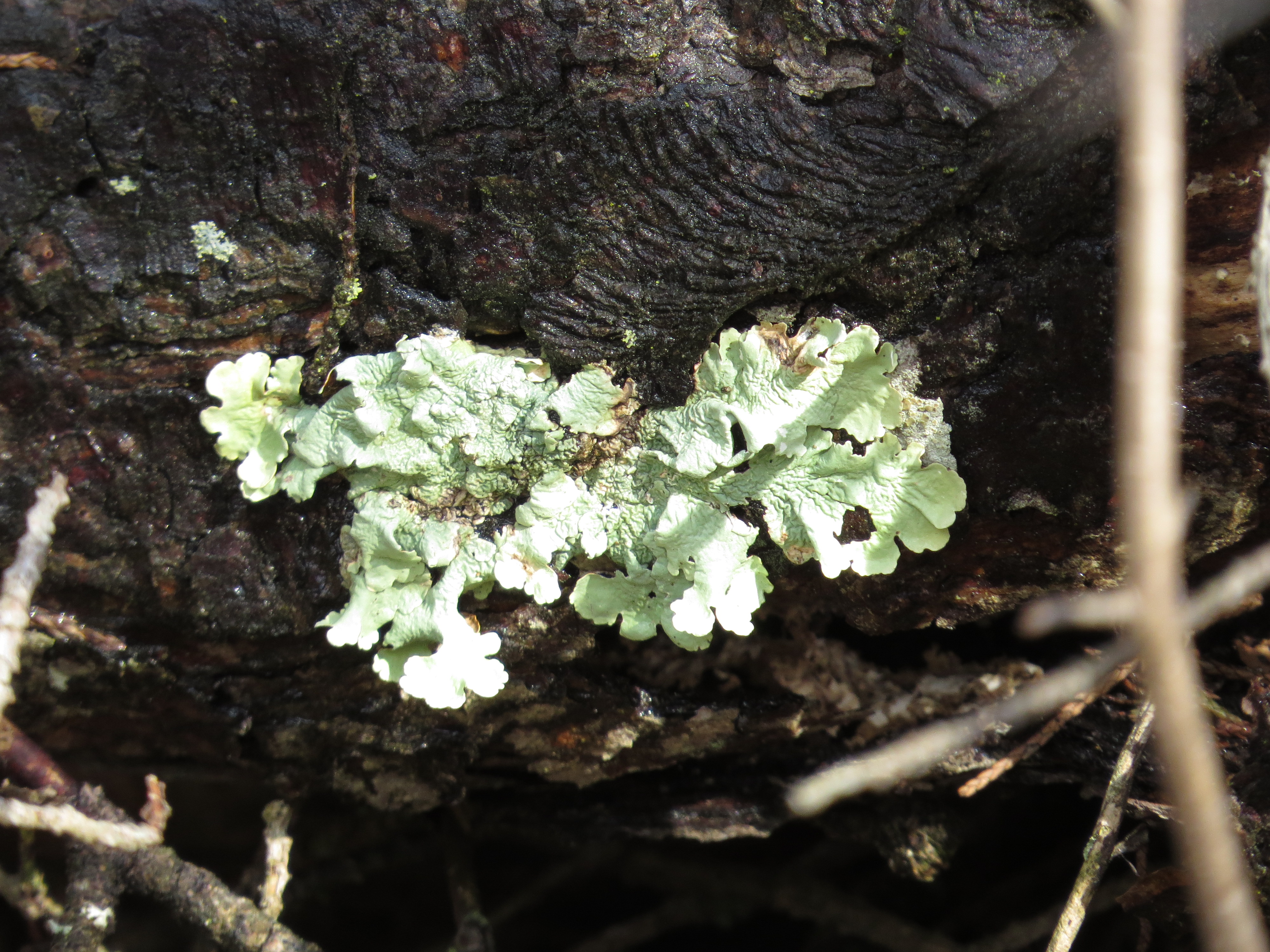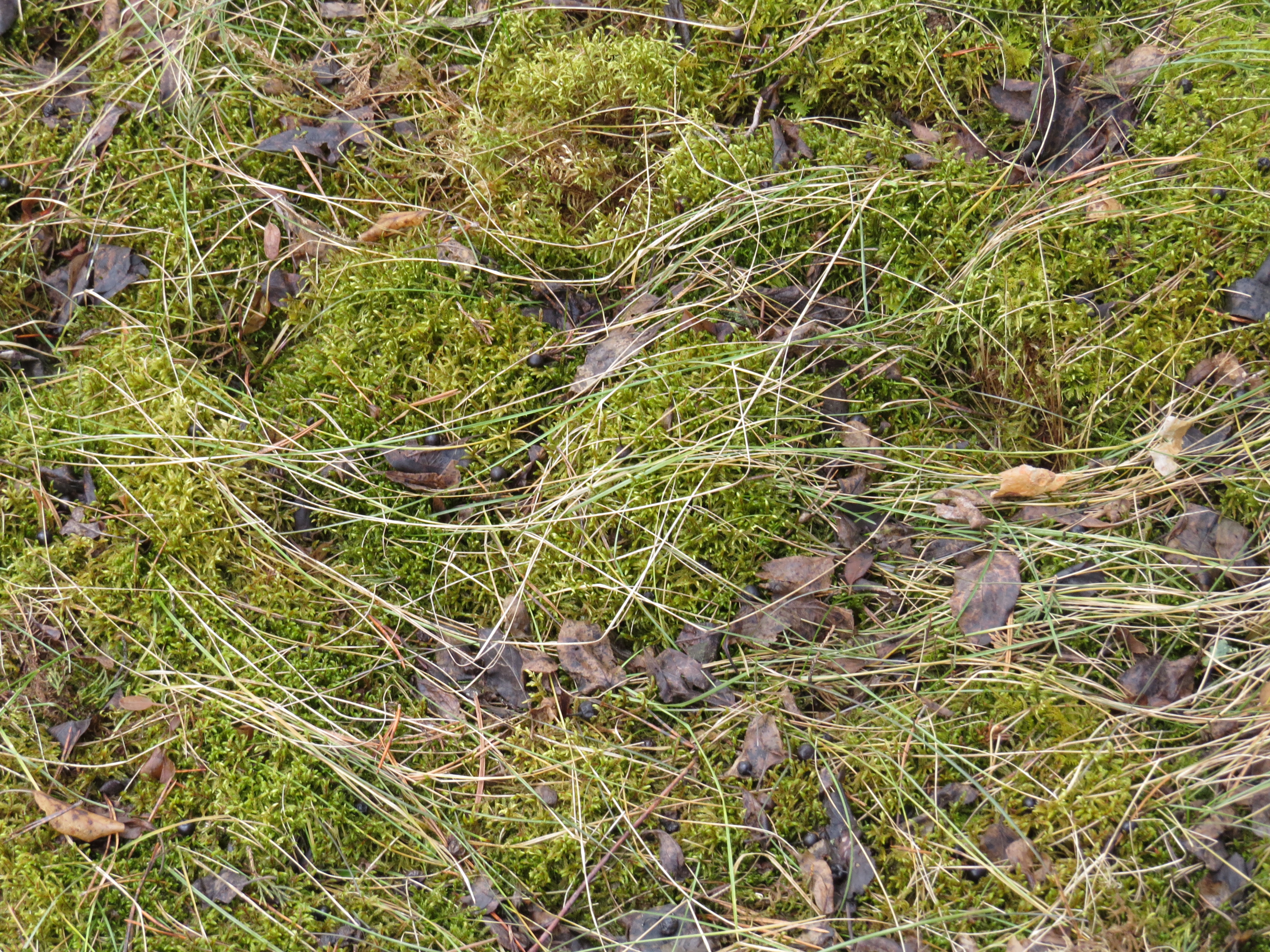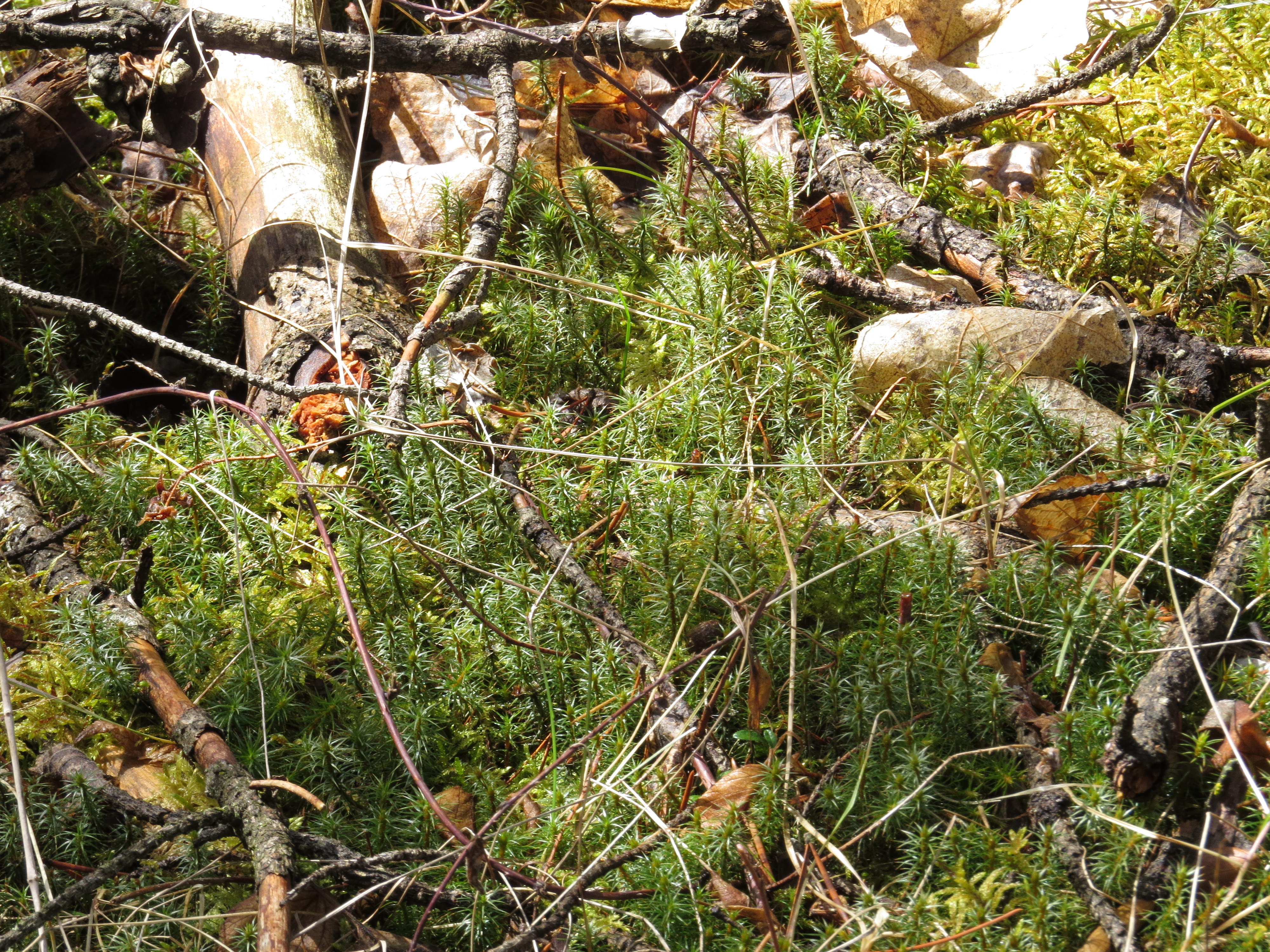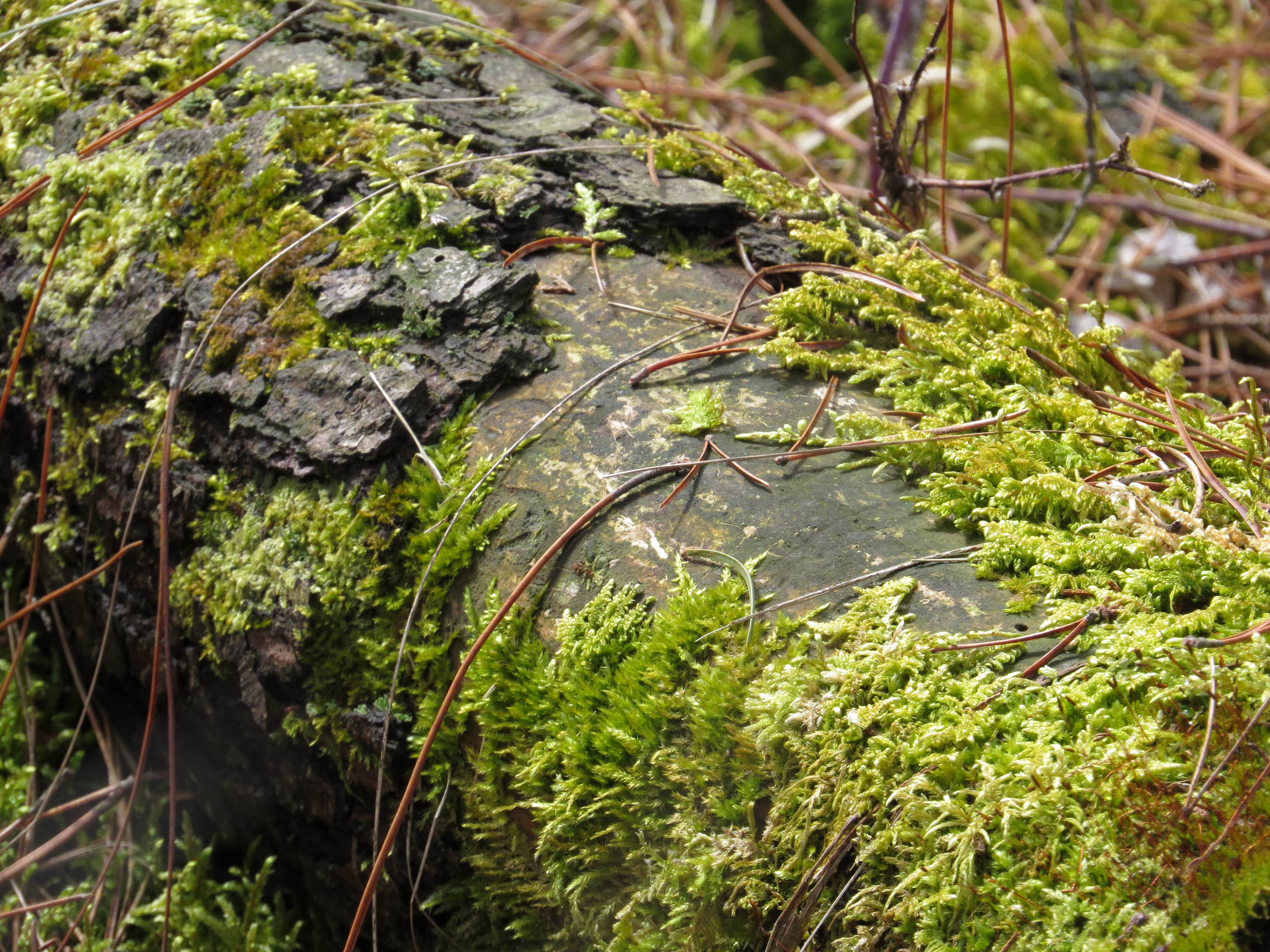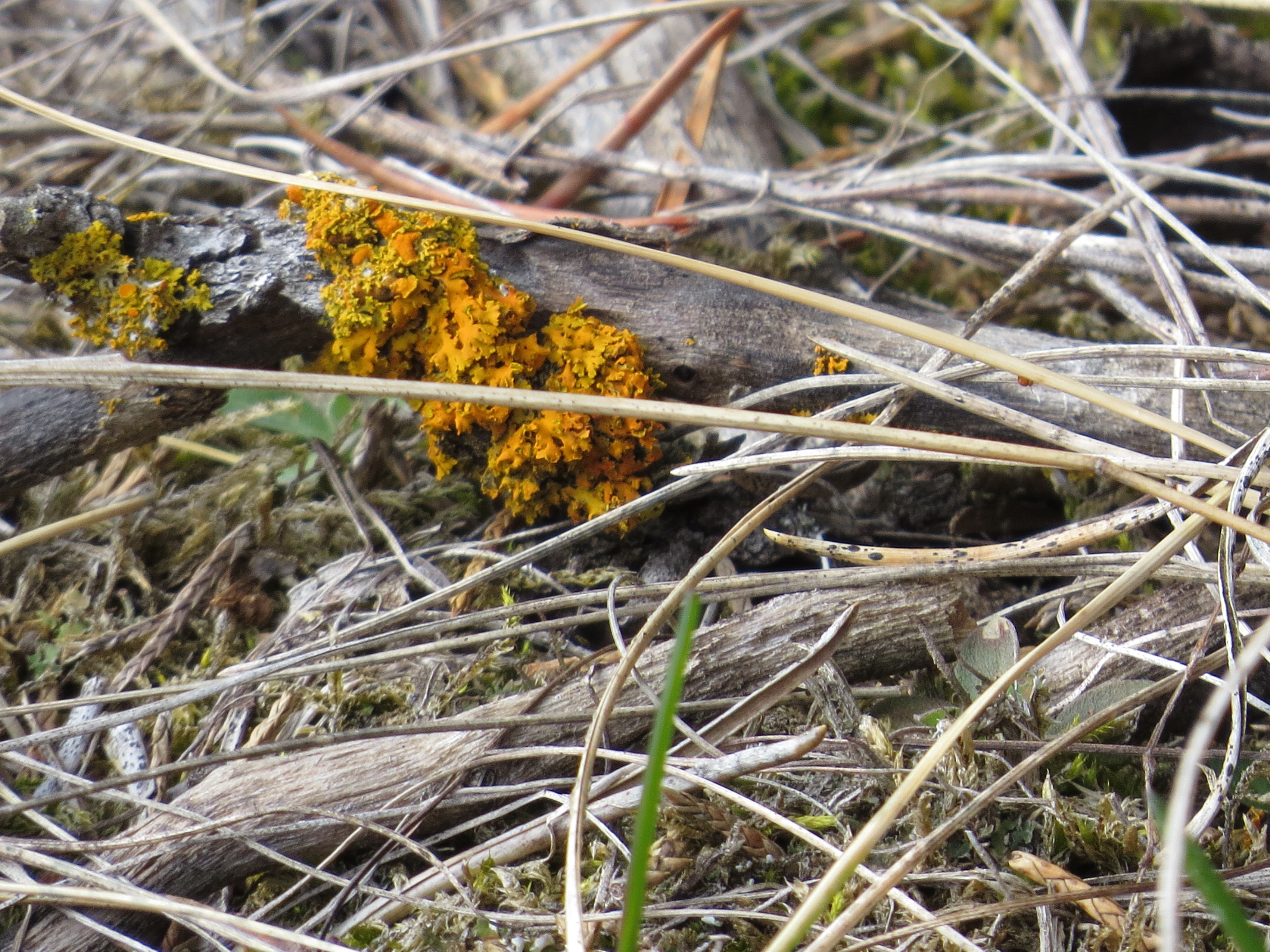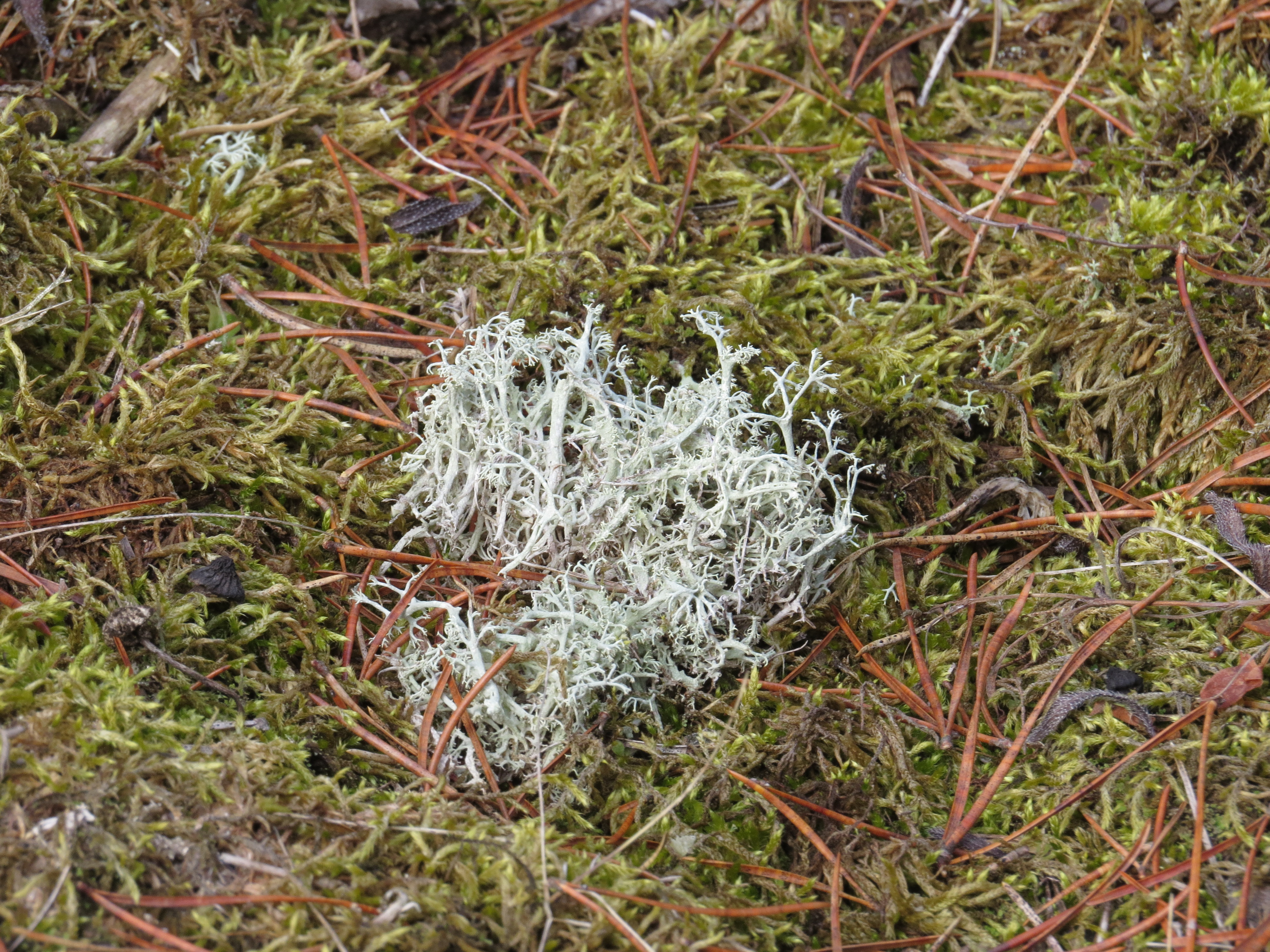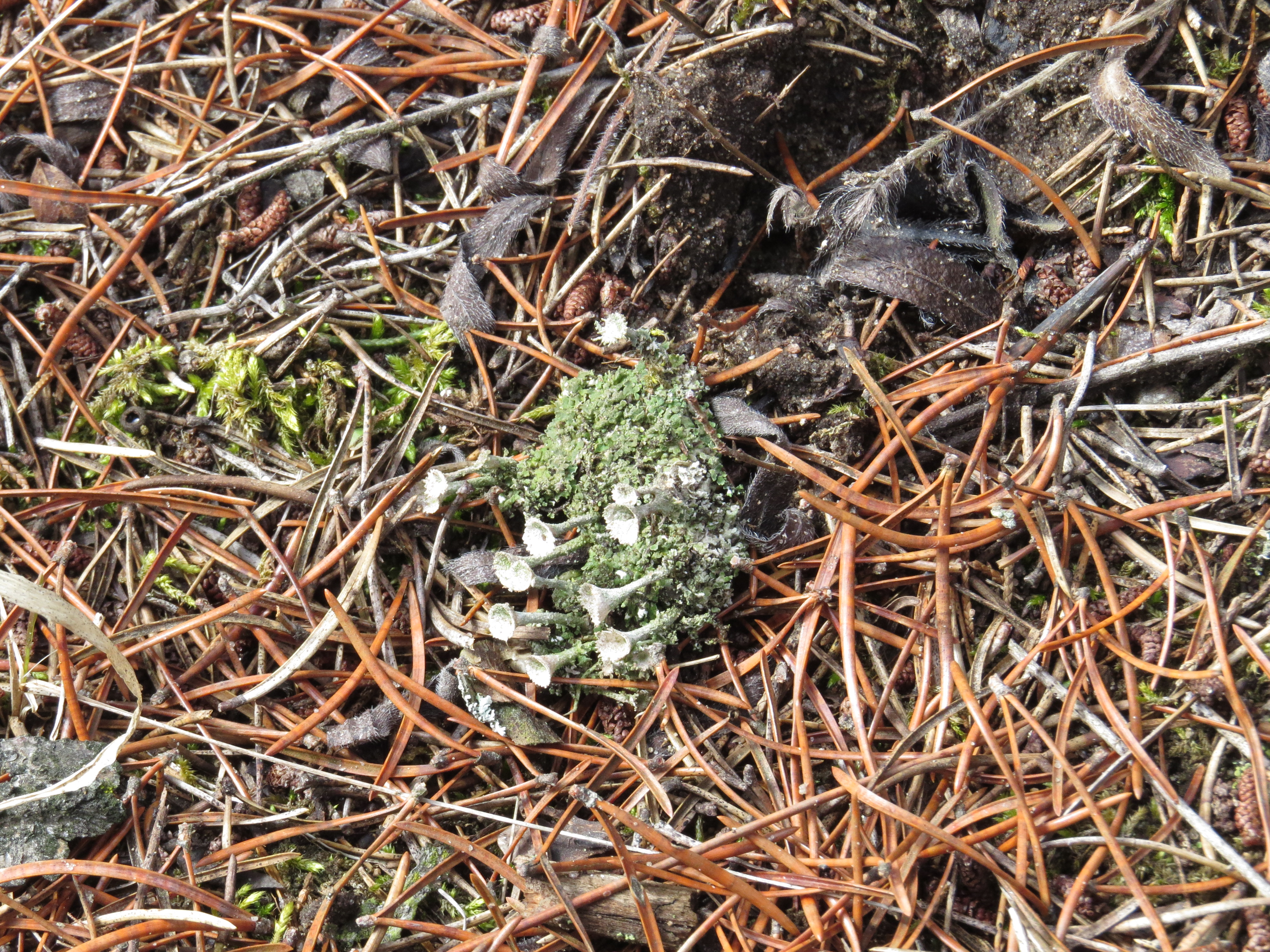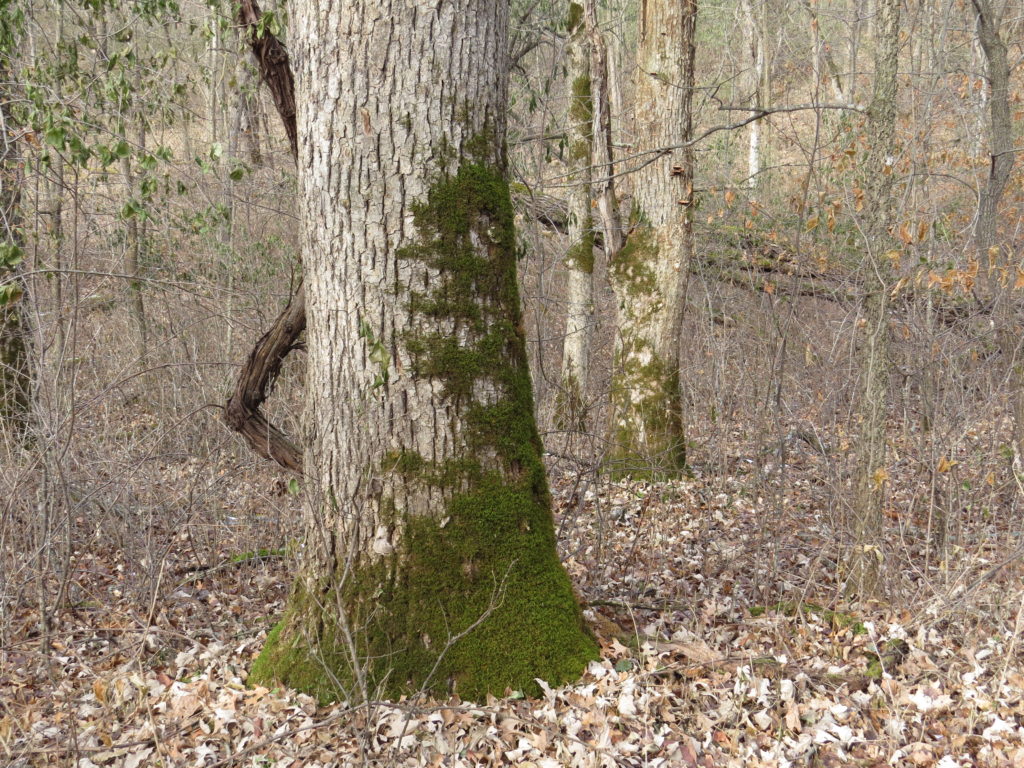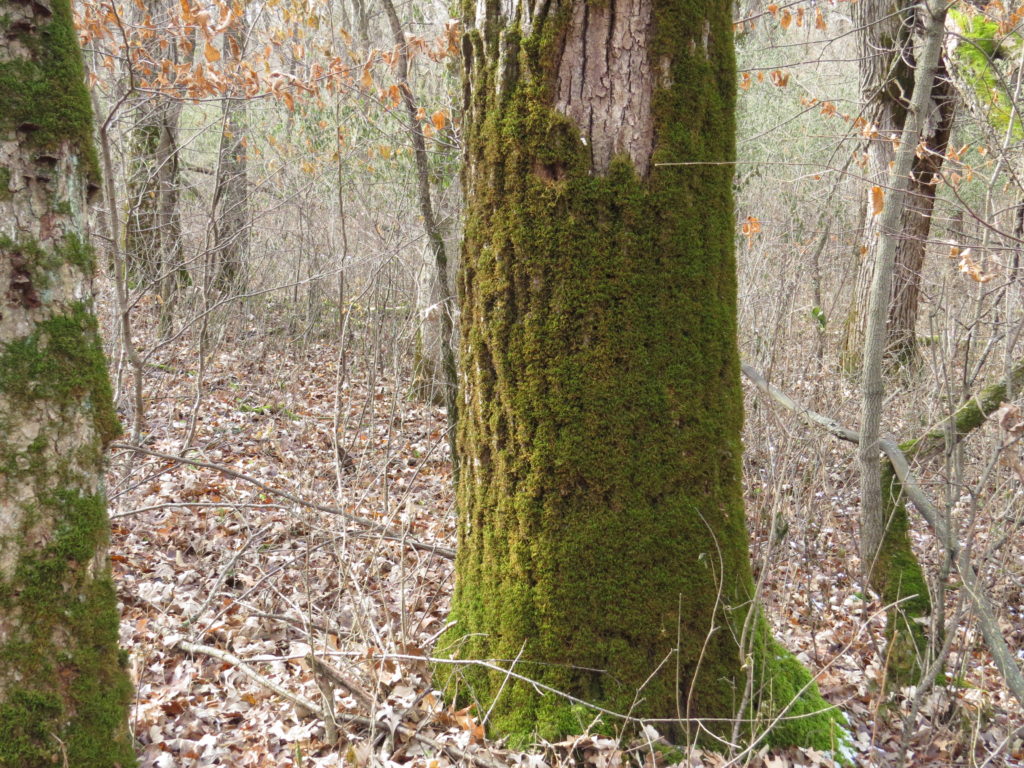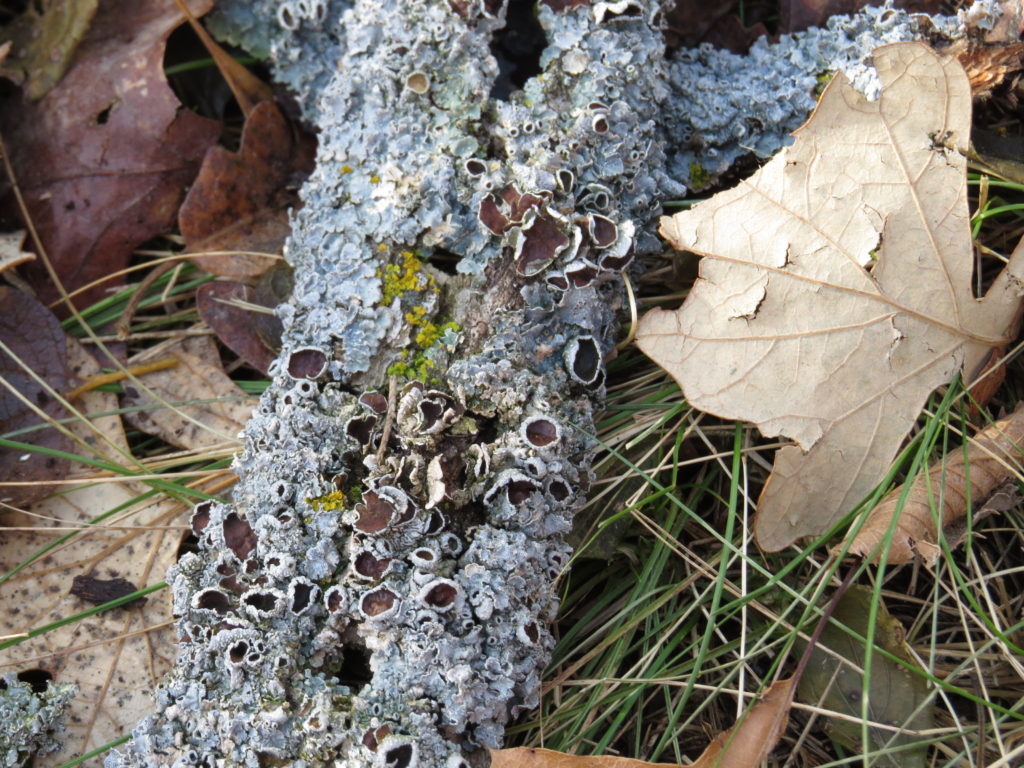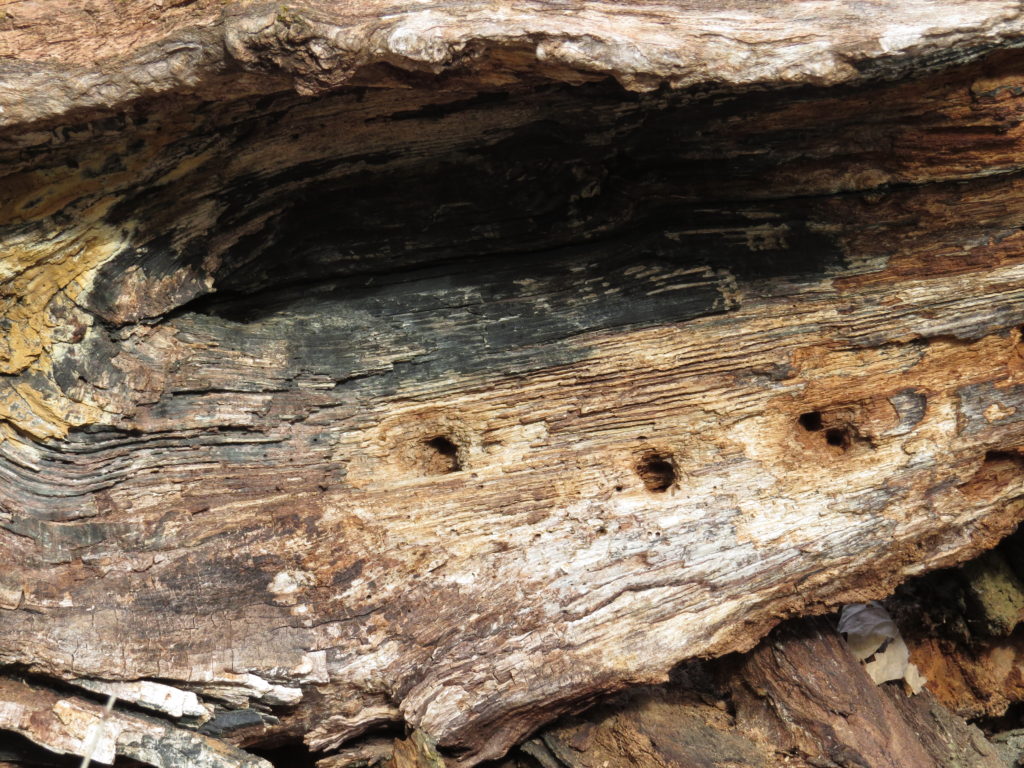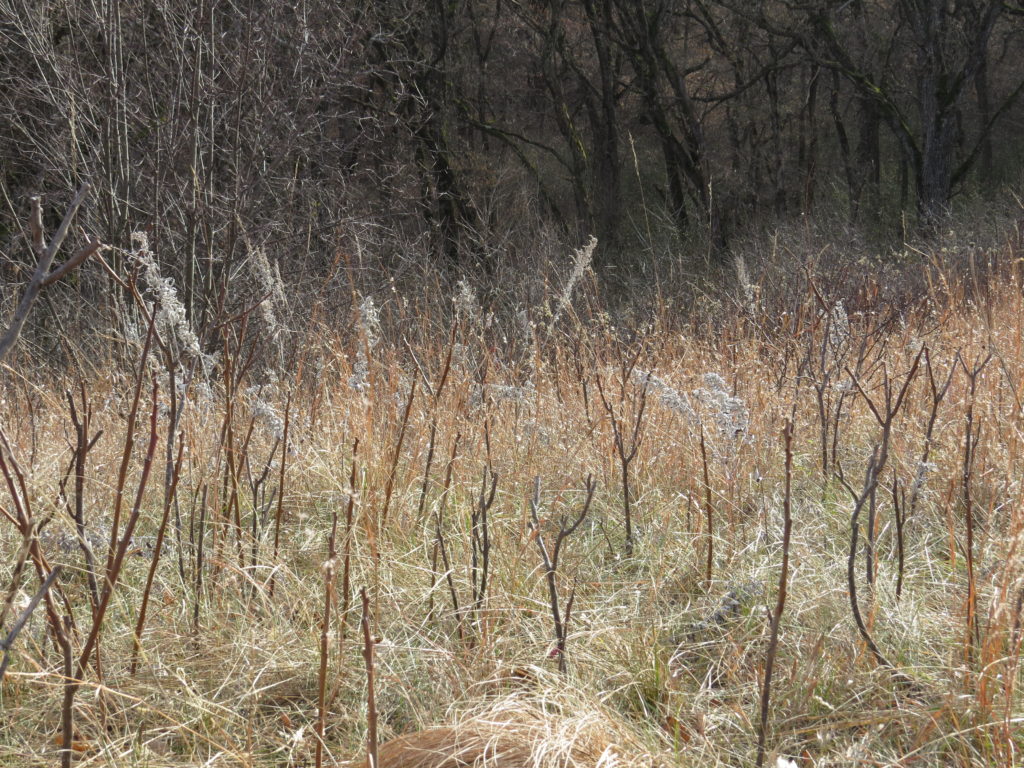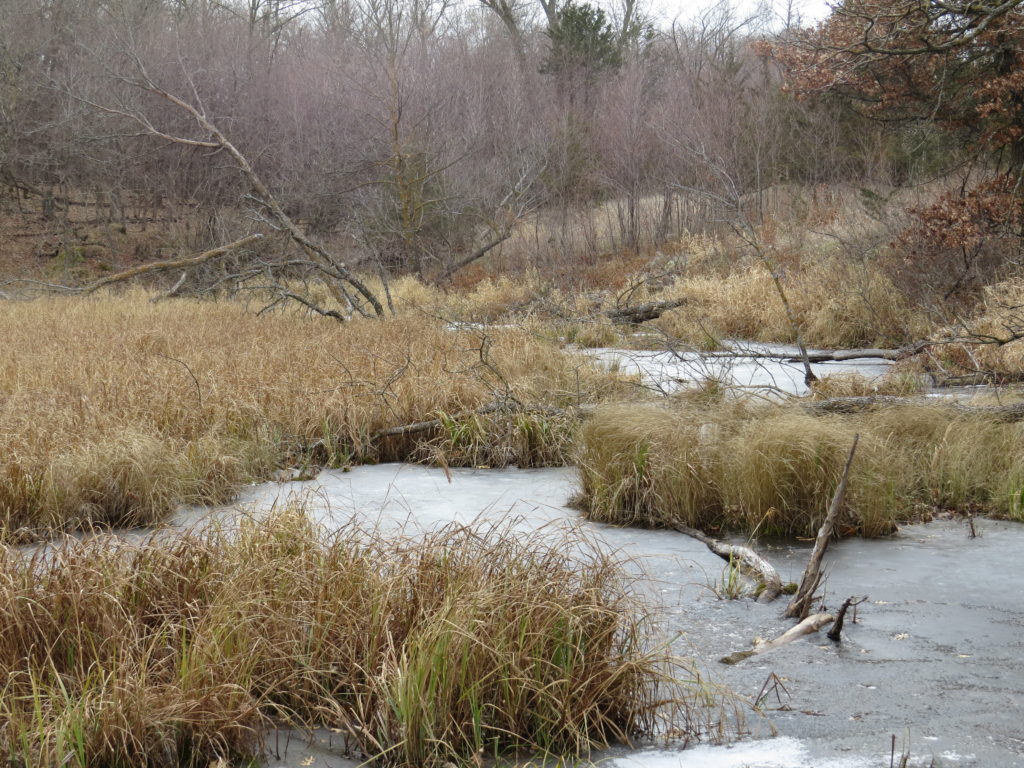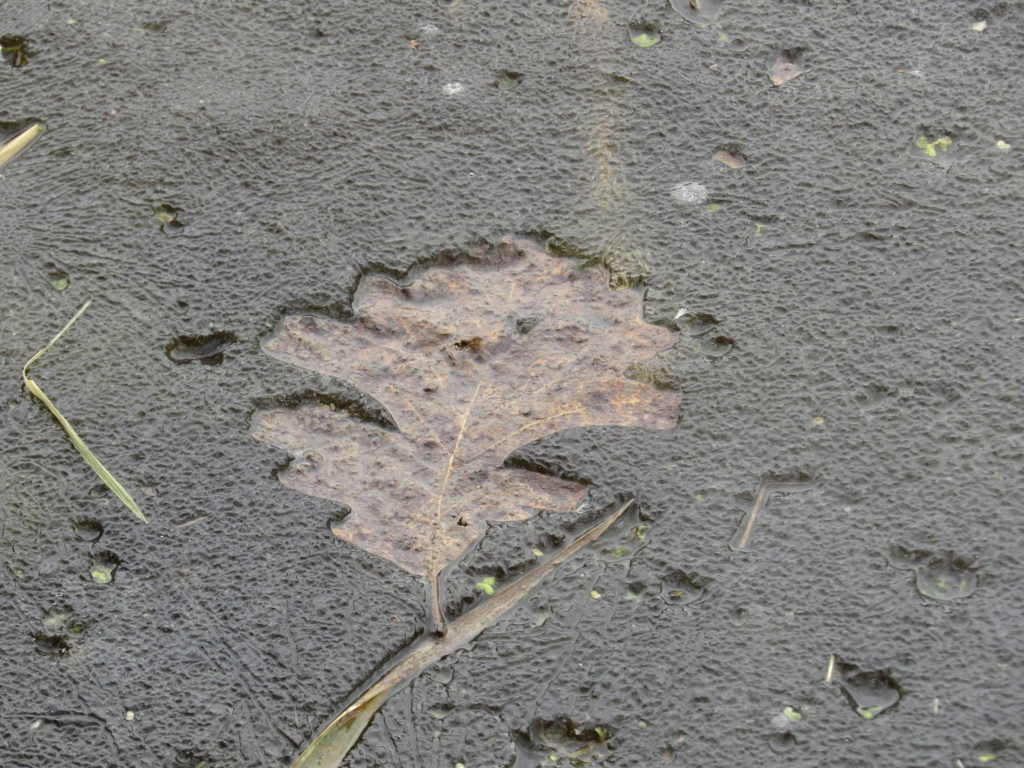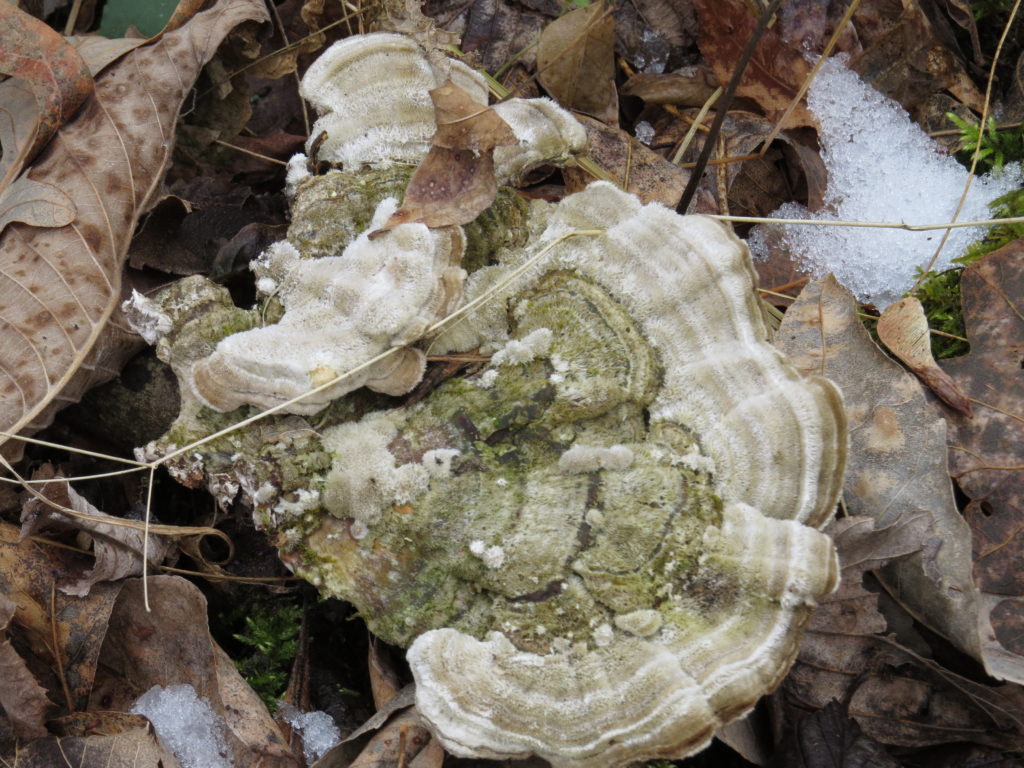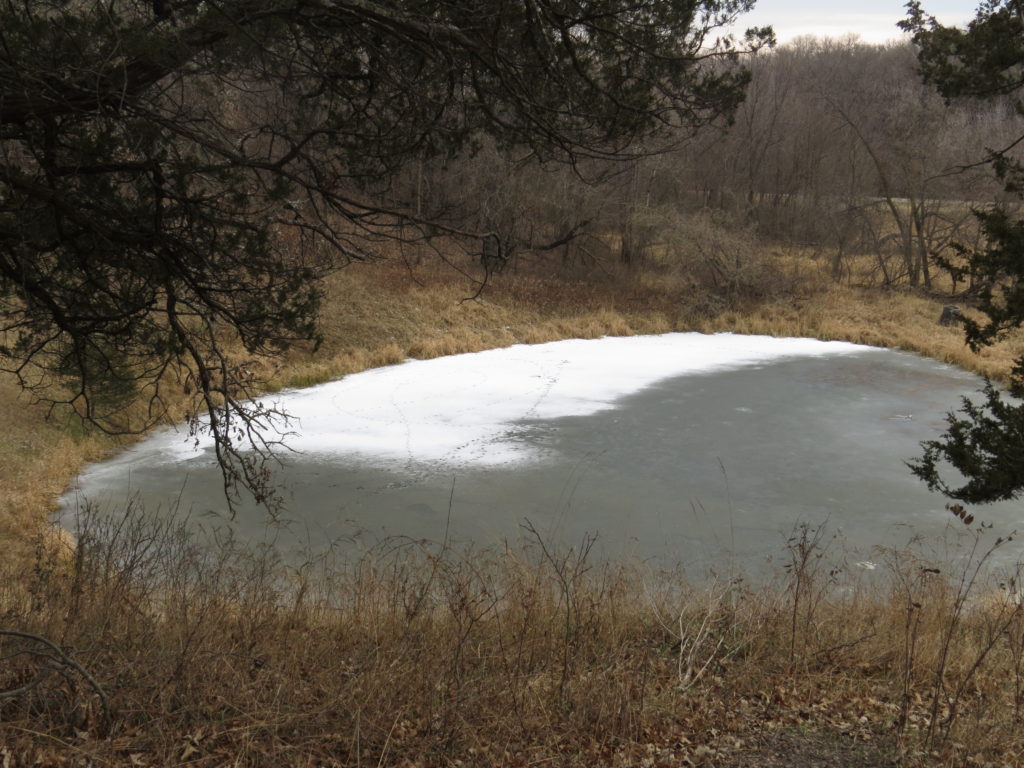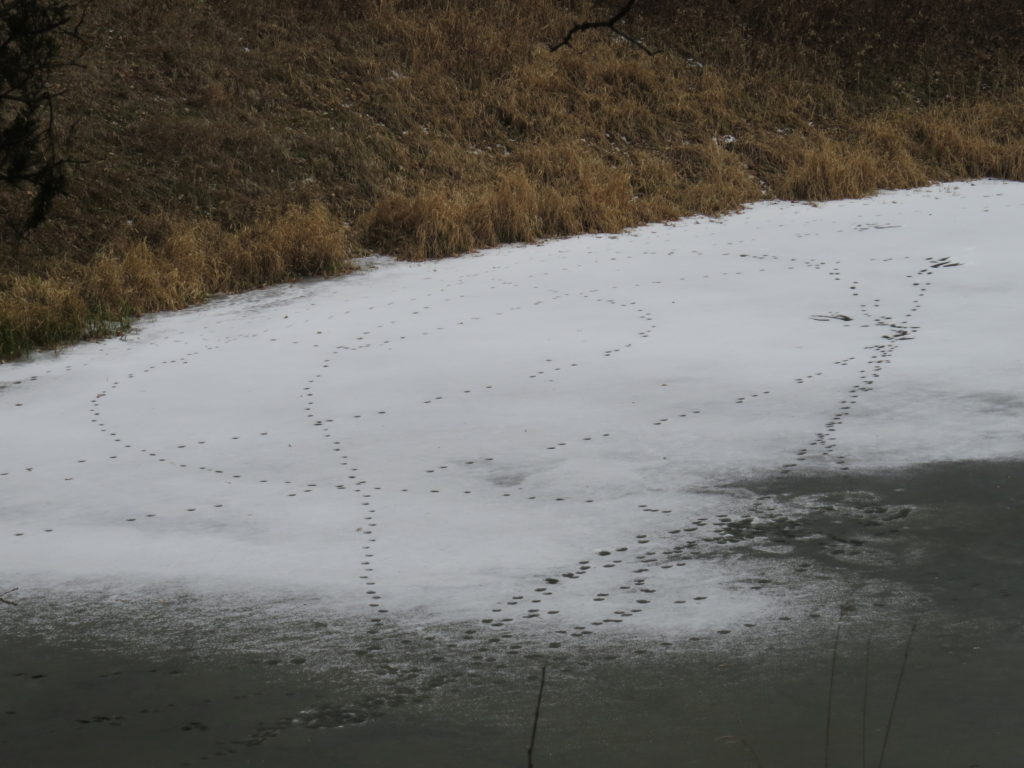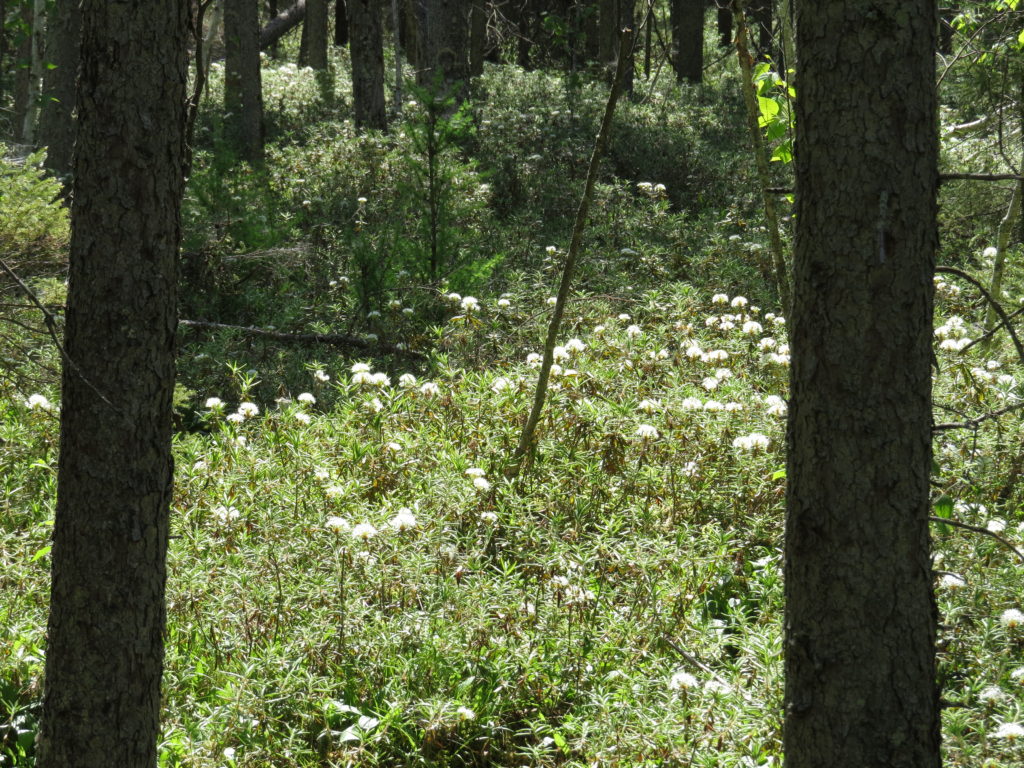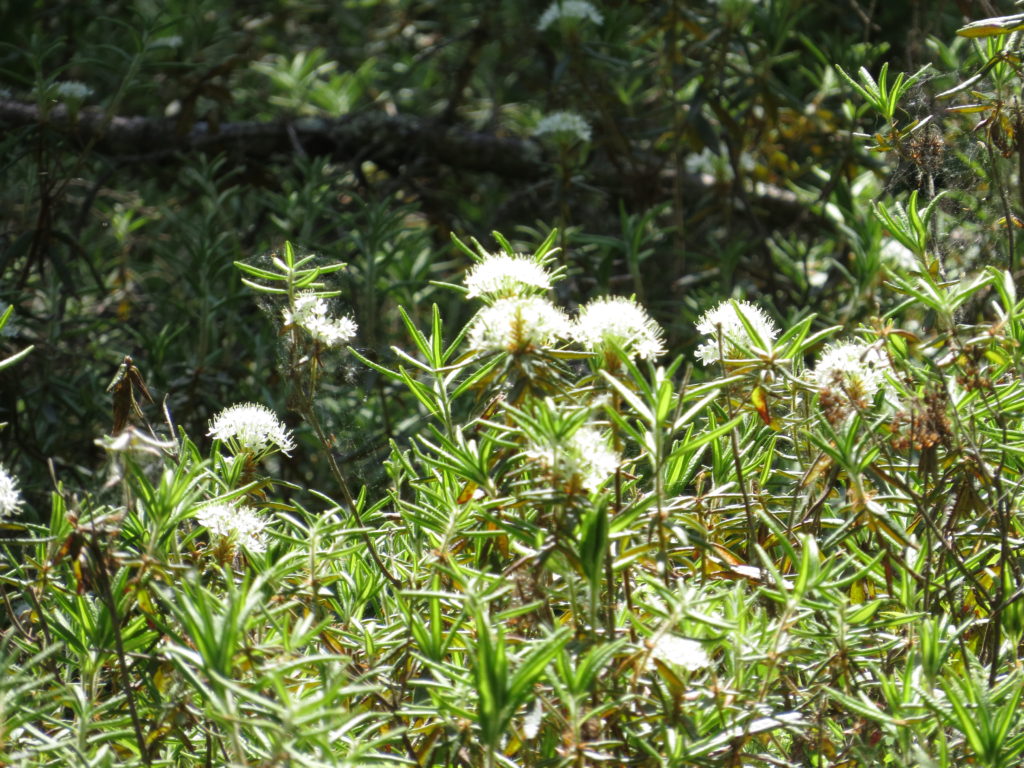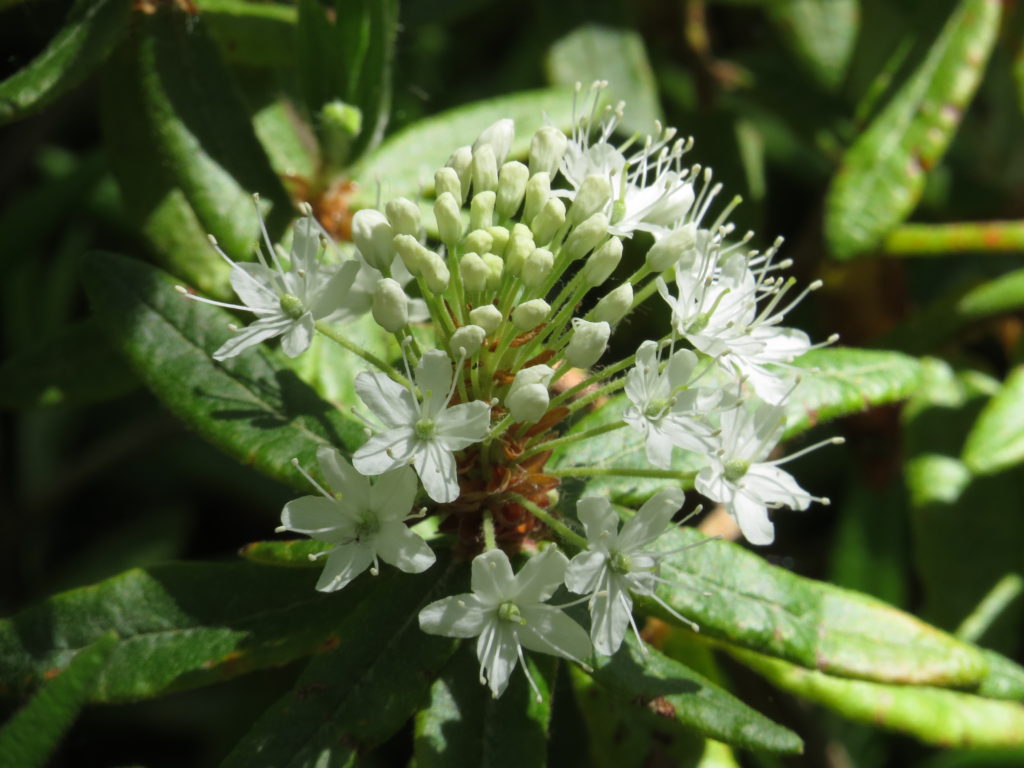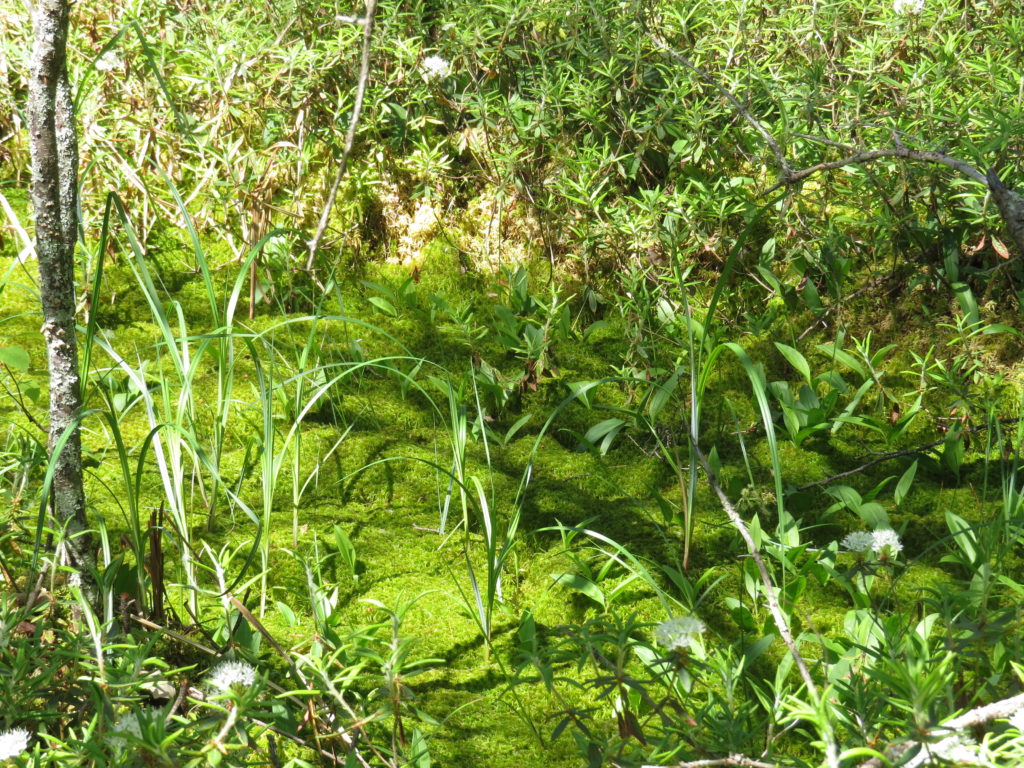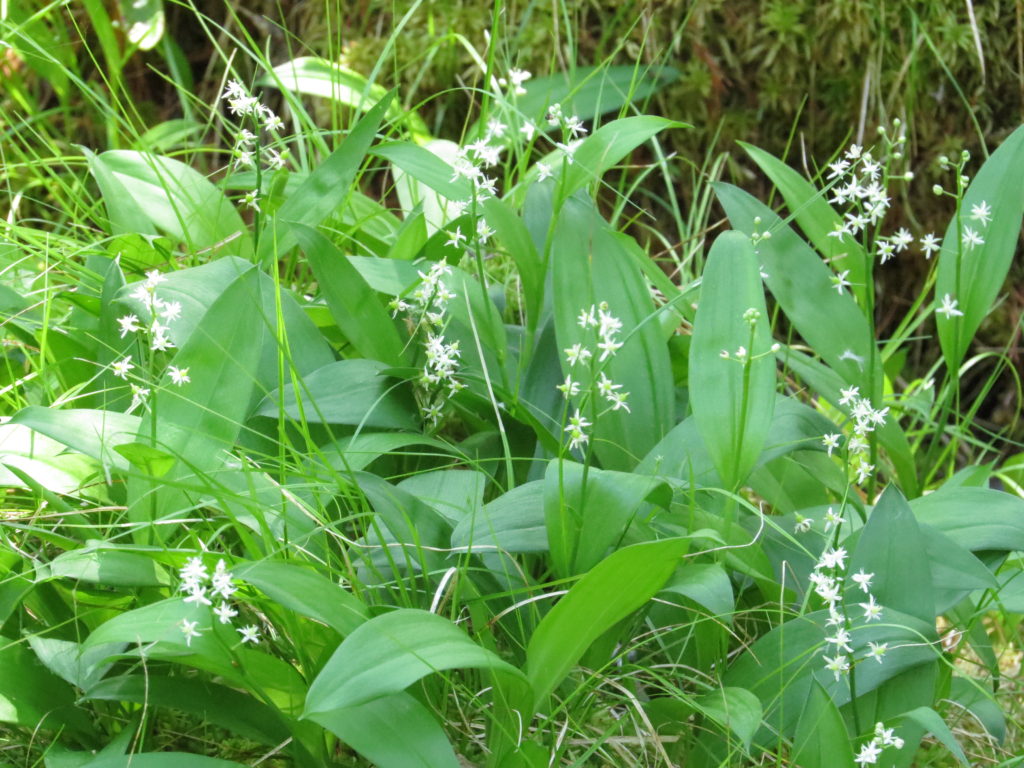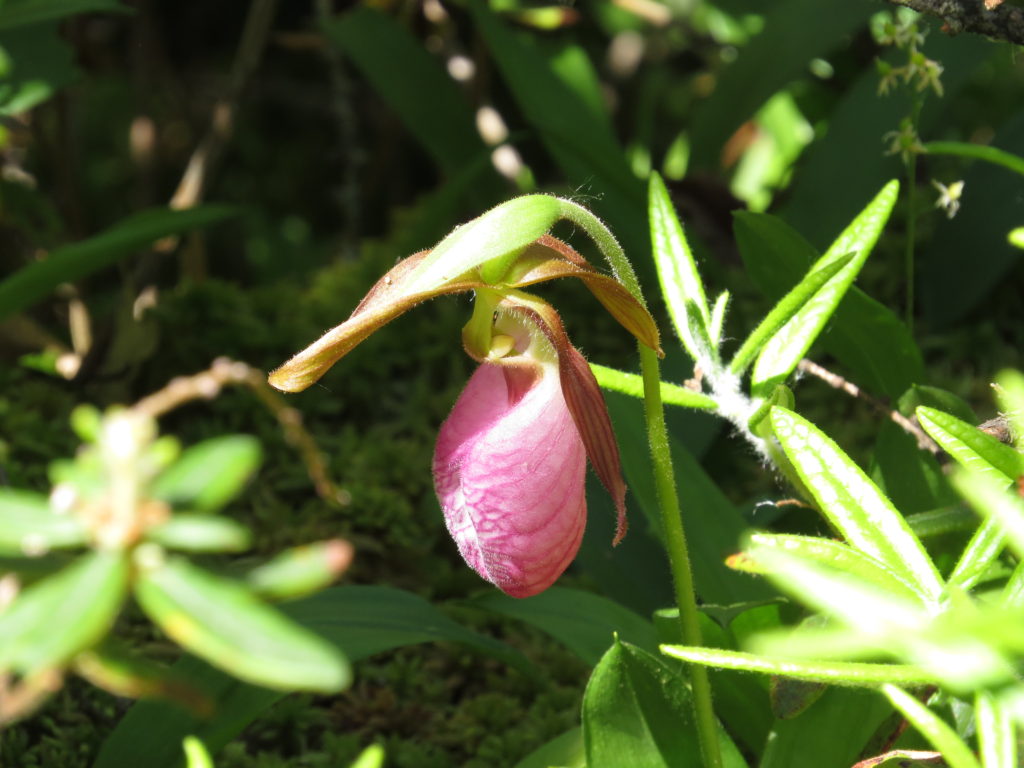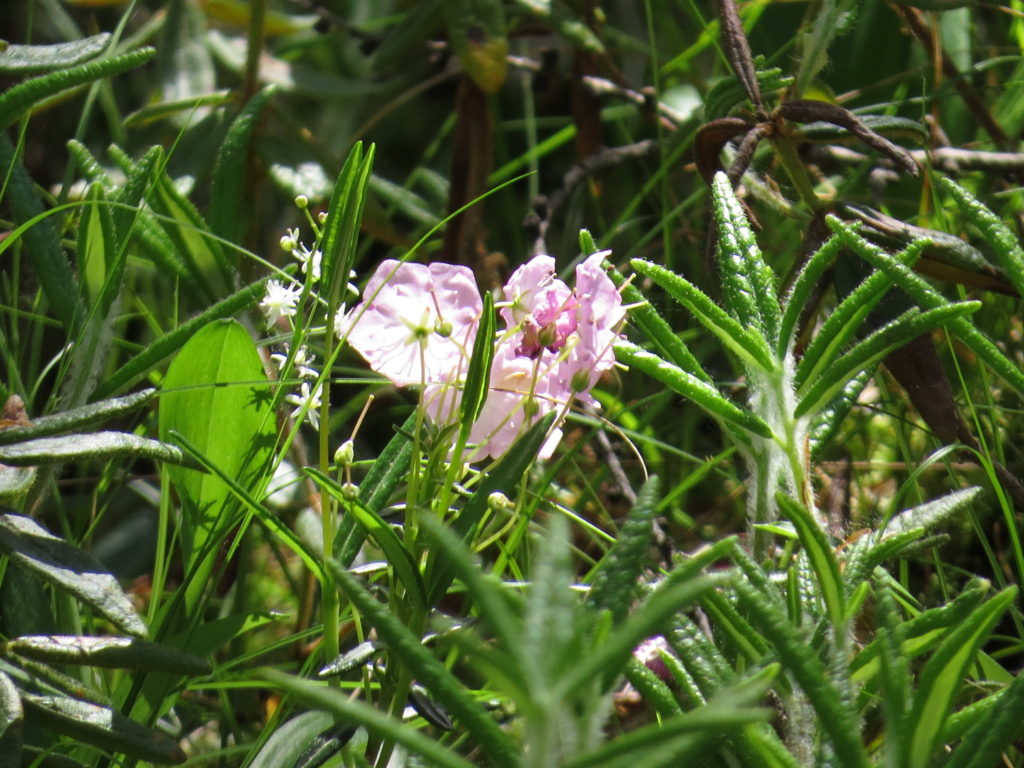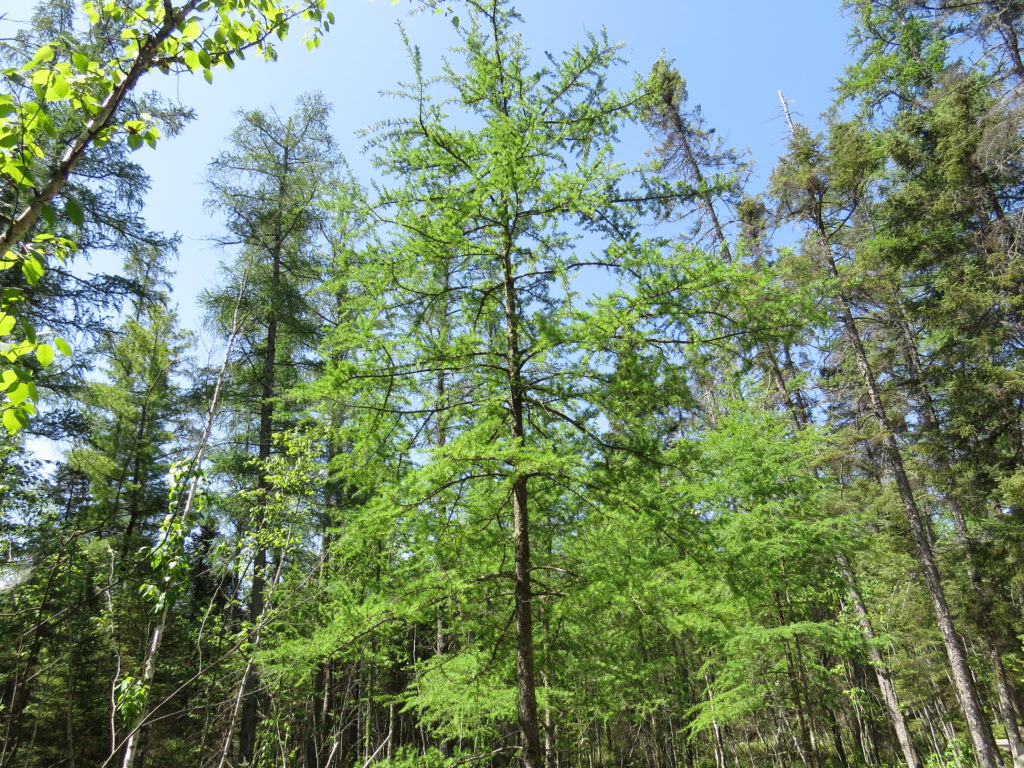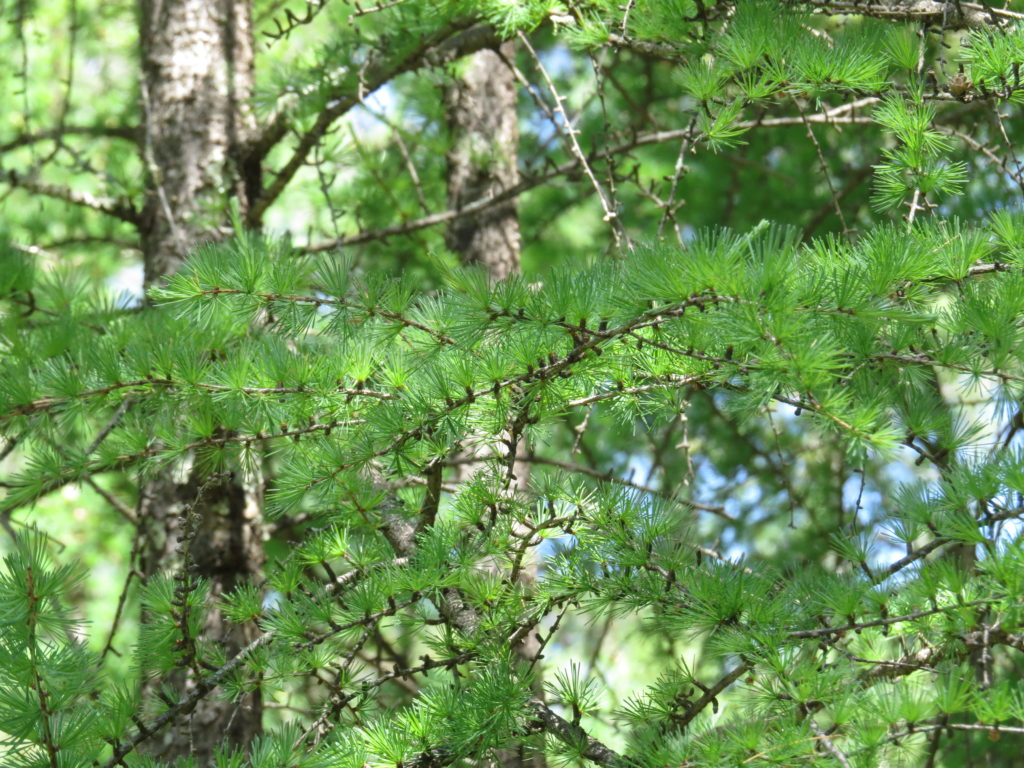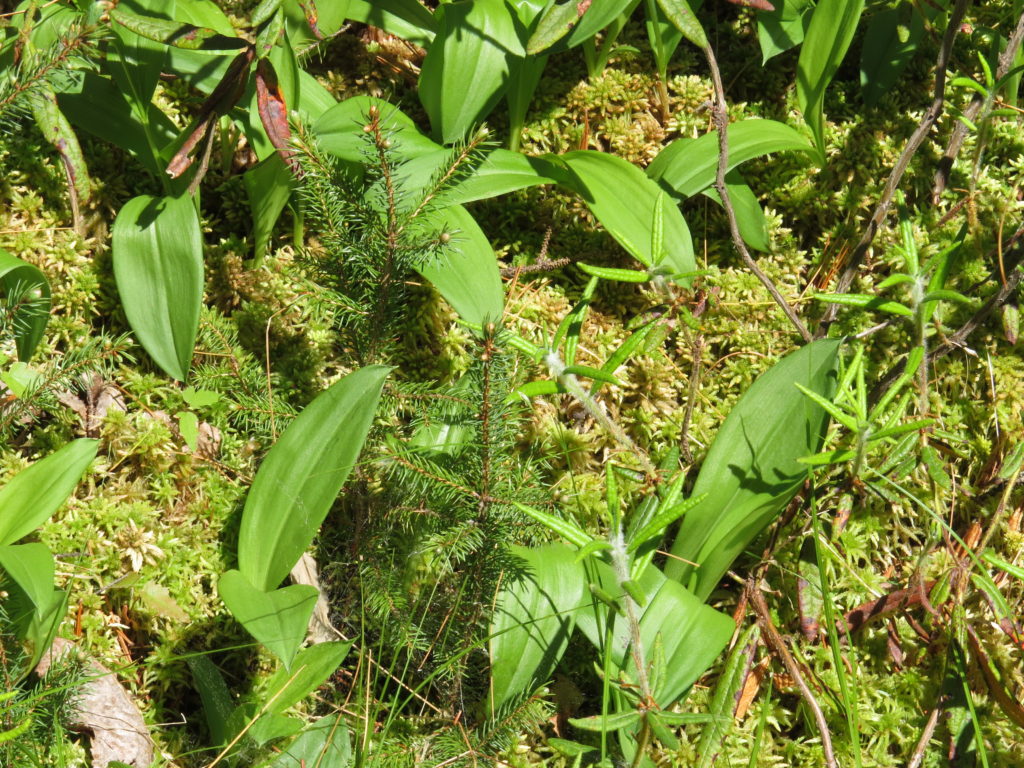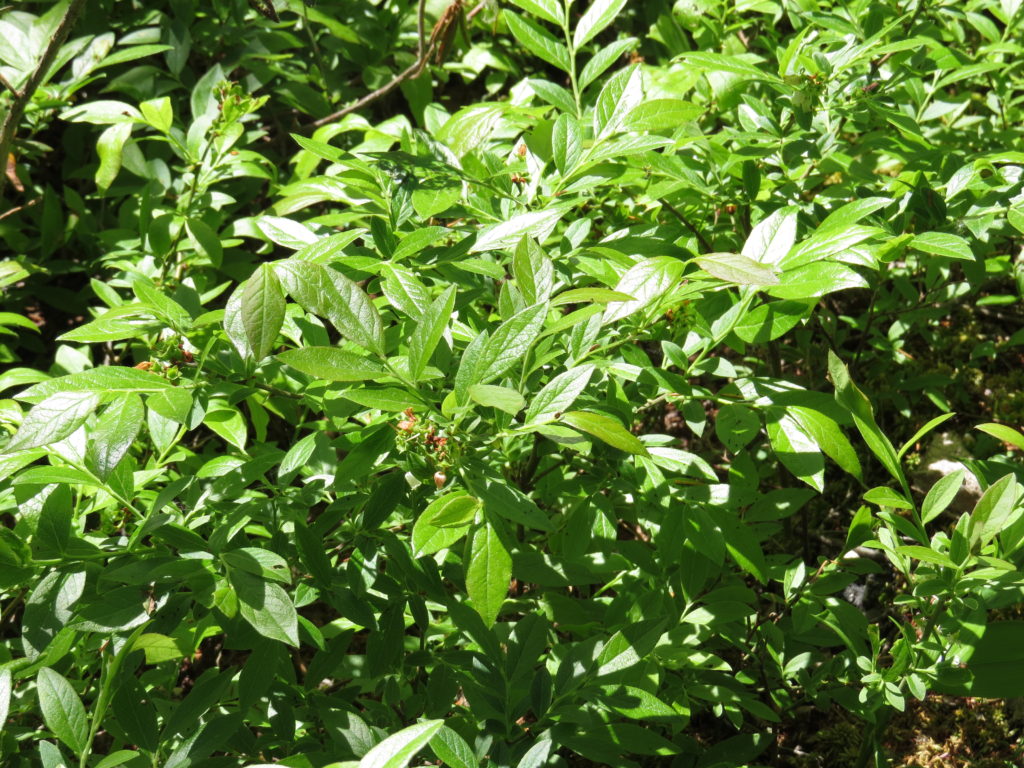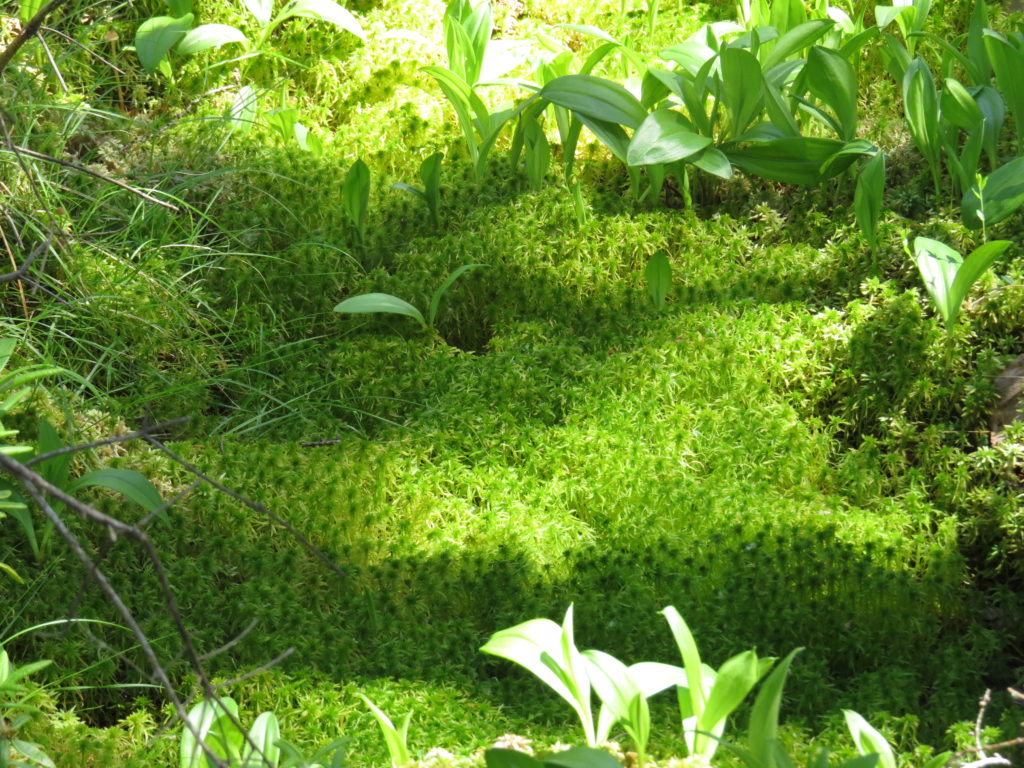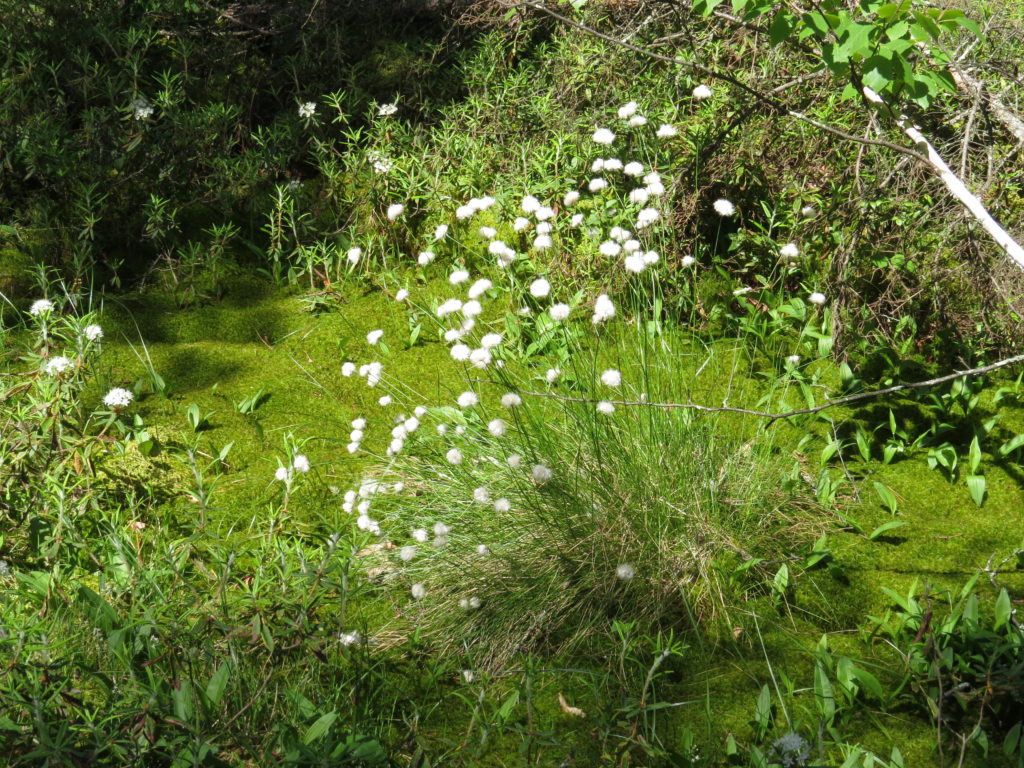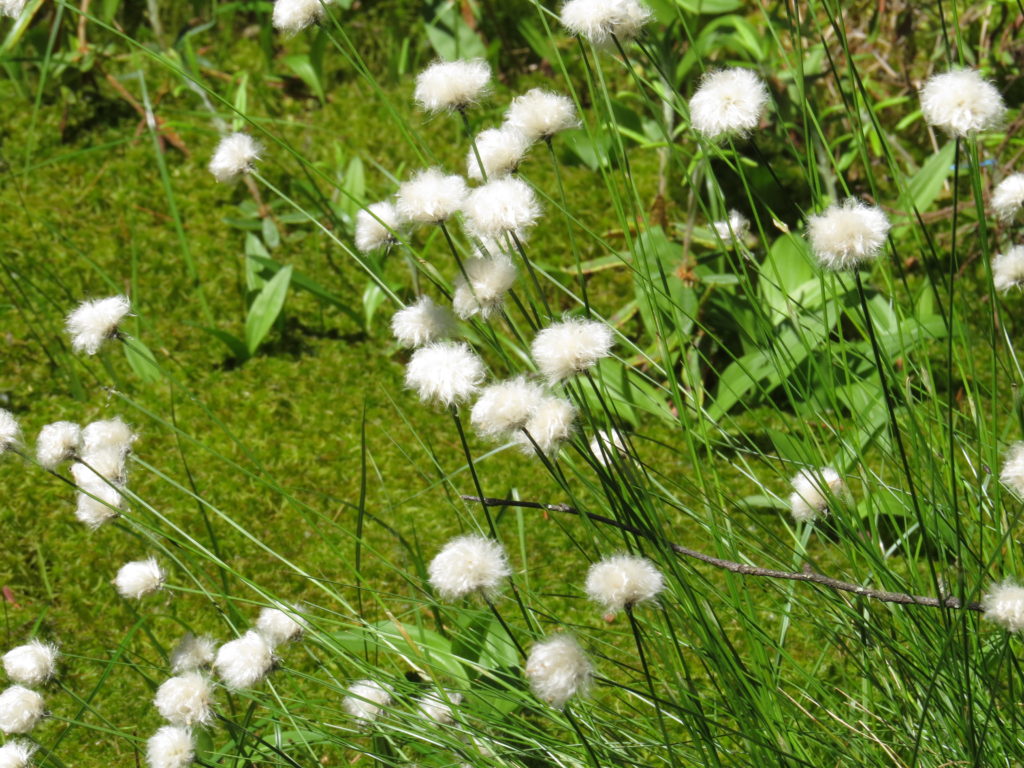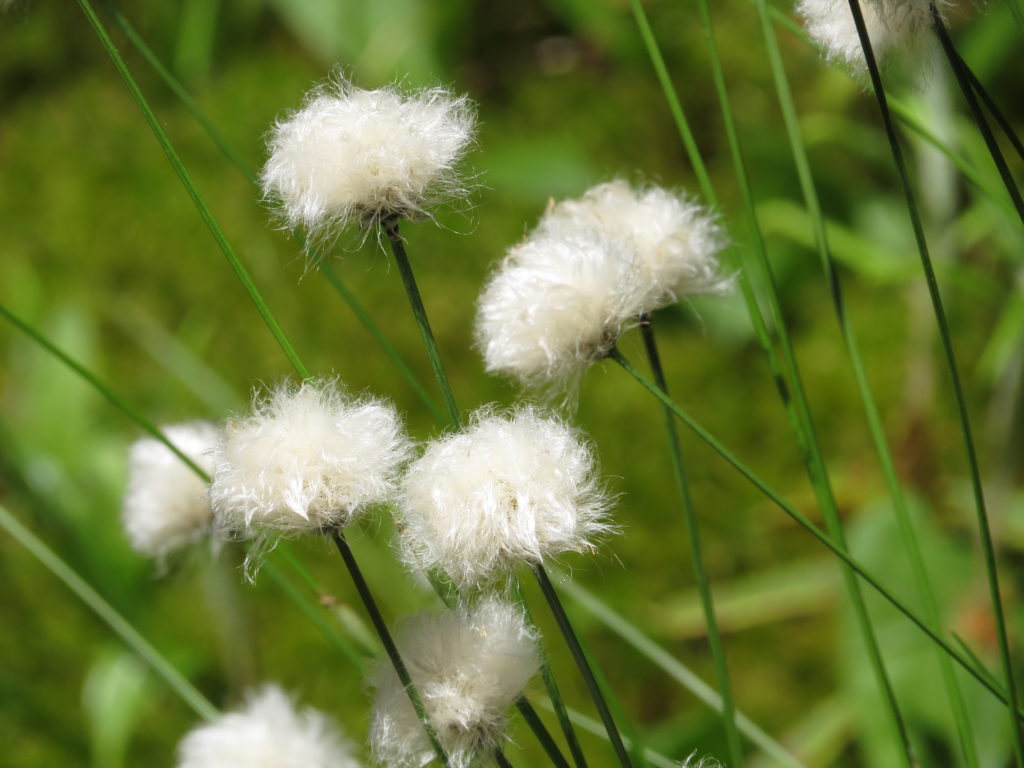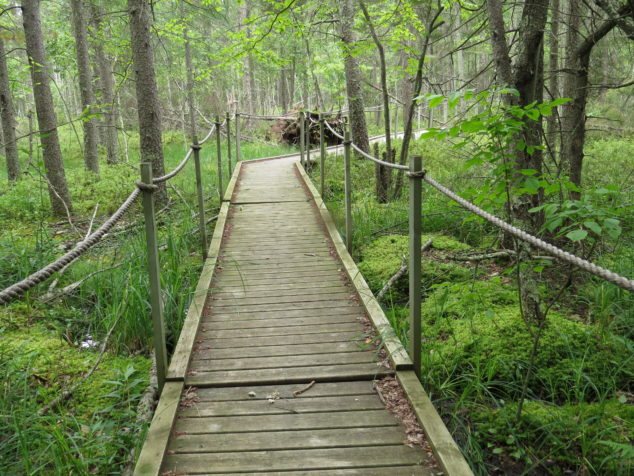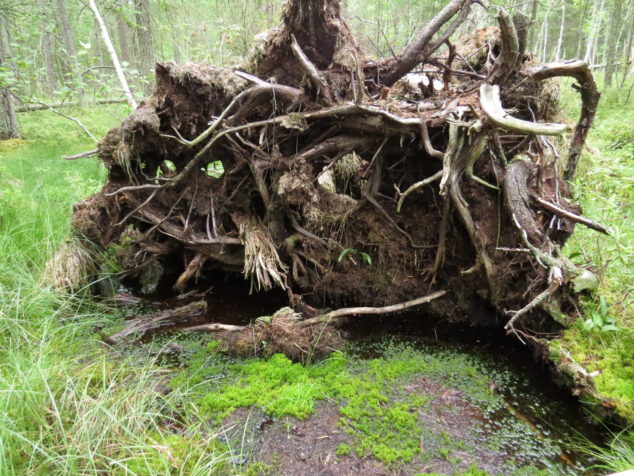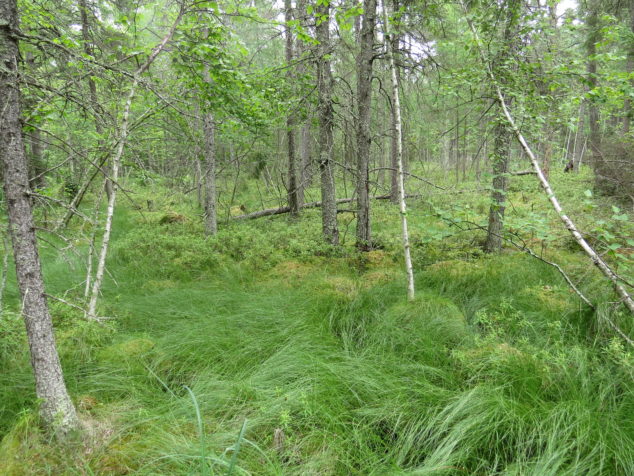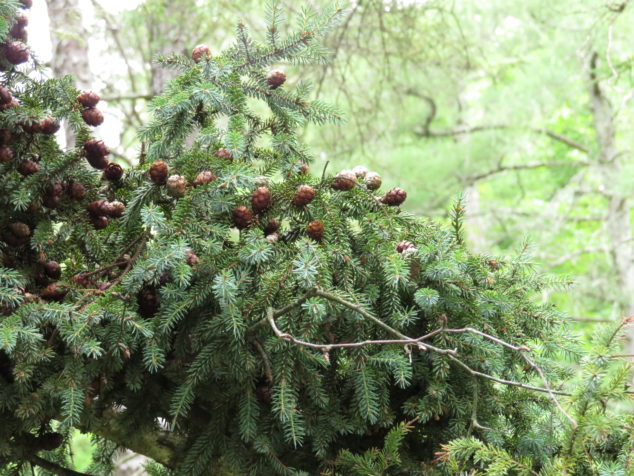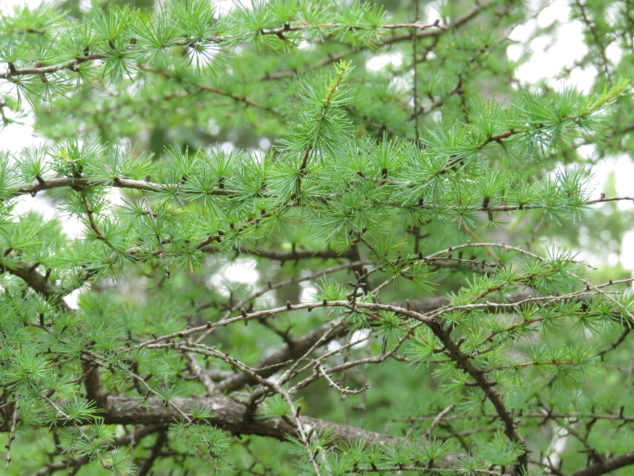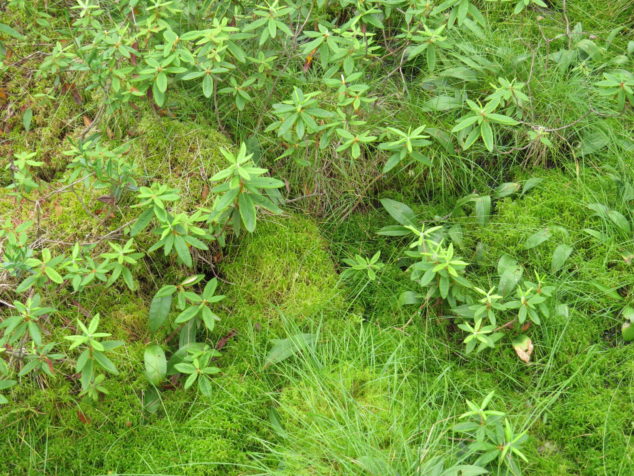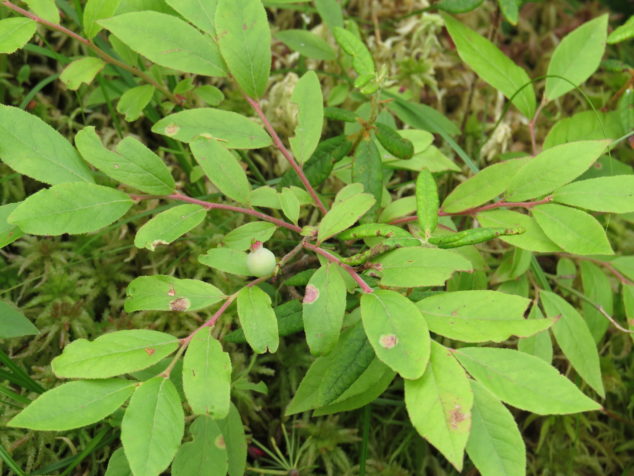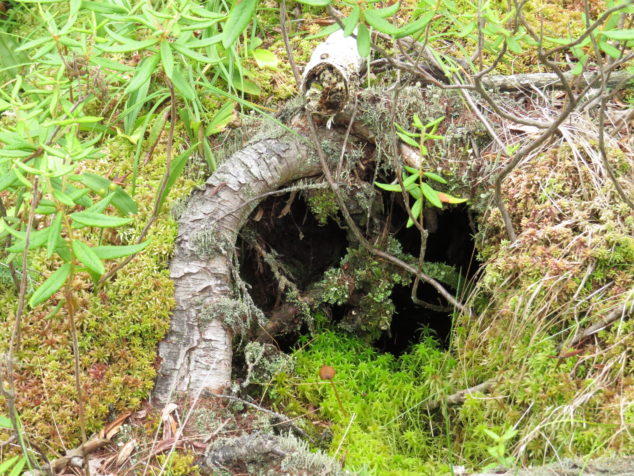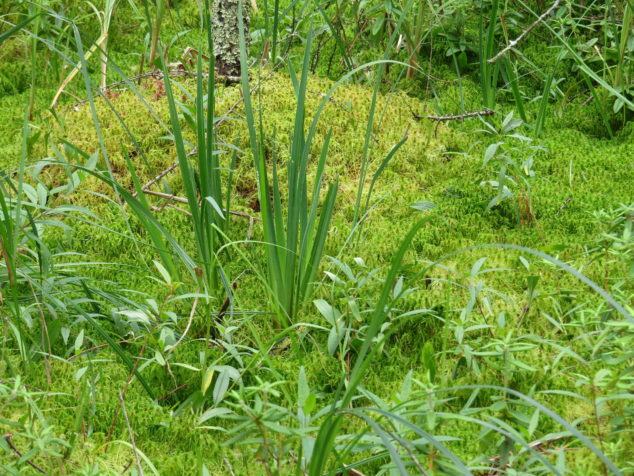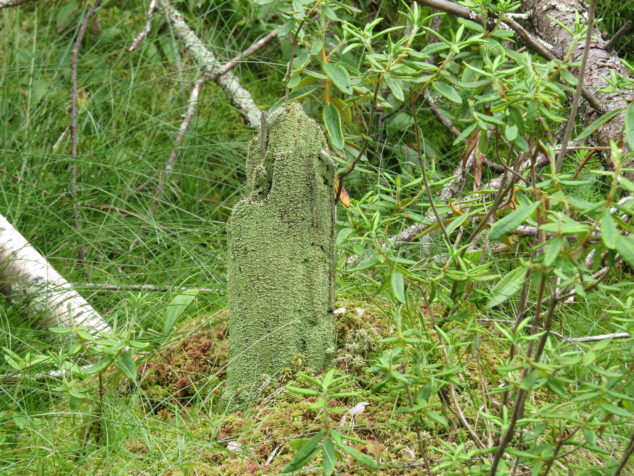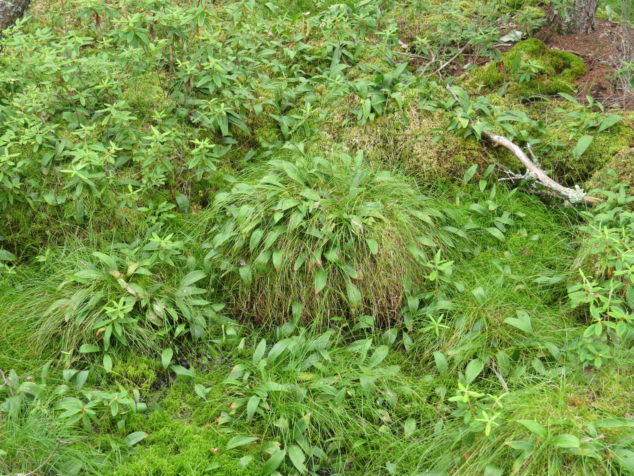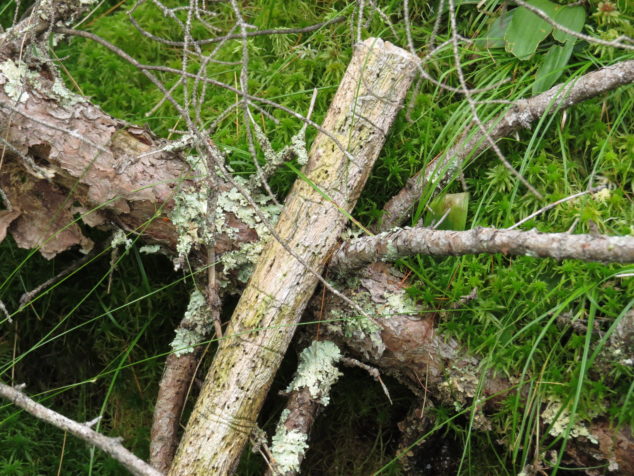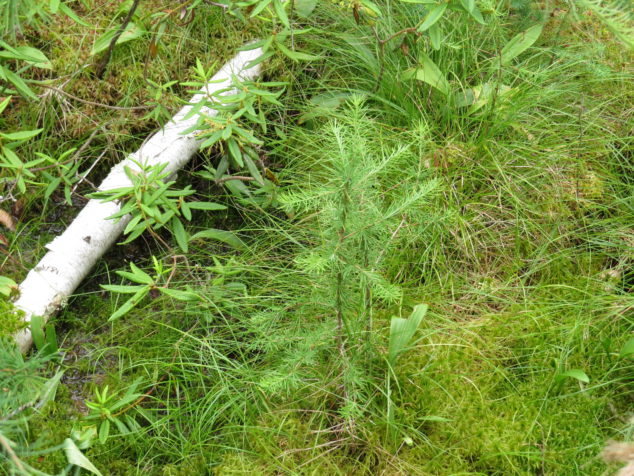I remember the bubbling, hard-to-contain excitement I felt in grade school as the large round clock face inched its way towards the end of the school day. It wasn’t with a sense of relief that I moved towards that bell ringing, because I loved school and learning, but I looked forward to the other things in my life that were also meaningful—horses in the pasture by our driveway, cats and dogs at our home, and acres of woods behind our house where we built forts and made trails. My first way of learning. It’s hard to wait when something is pulling you forward.
I would not be stepping on anyone’s toes in stating that Minnesotans are anxiously waiting for Spring. She has shown up on the calendar, in the snow melt, and maybe in some moderating temperatures, but we have seen snow, freezing high temps, and barren ground. At least with waiting for Spring, kind of like watching the clock at school, we know with certainty that it will come.
On the 21st, one month after the official start of Spring, I walked at Saint John’s Arboretum in the hopes of seeing Spring come bursting forth. I found a scroll of Birch bark—did this hold the secret script of Spring’s timeline?
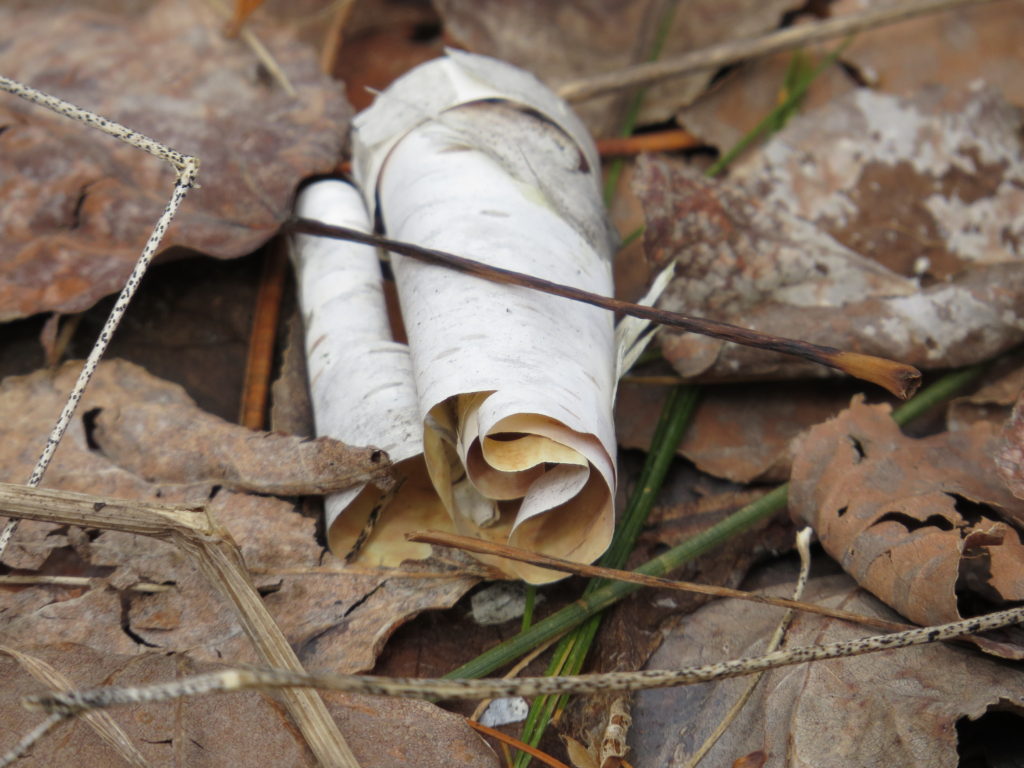
I found one patch of snow still on a shady stretch of trail. I found the reassuring green of moss covering a sloping bank and the first ‘flowers’ of the season pushing up stalks of spores from the soft bed of moss.
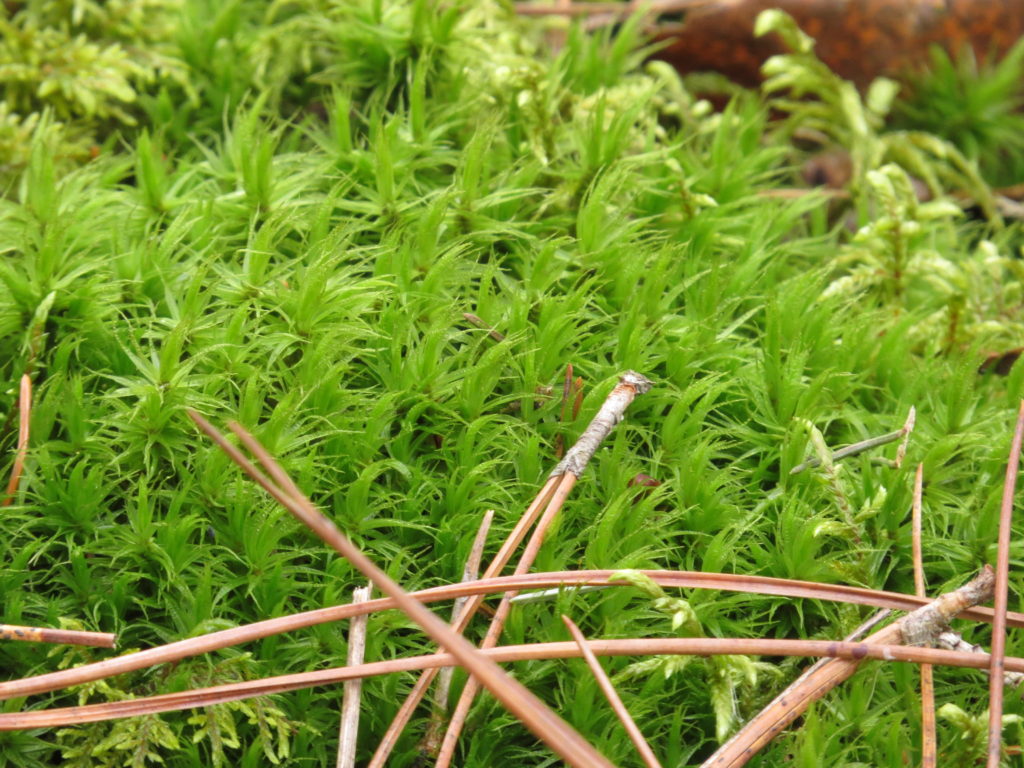
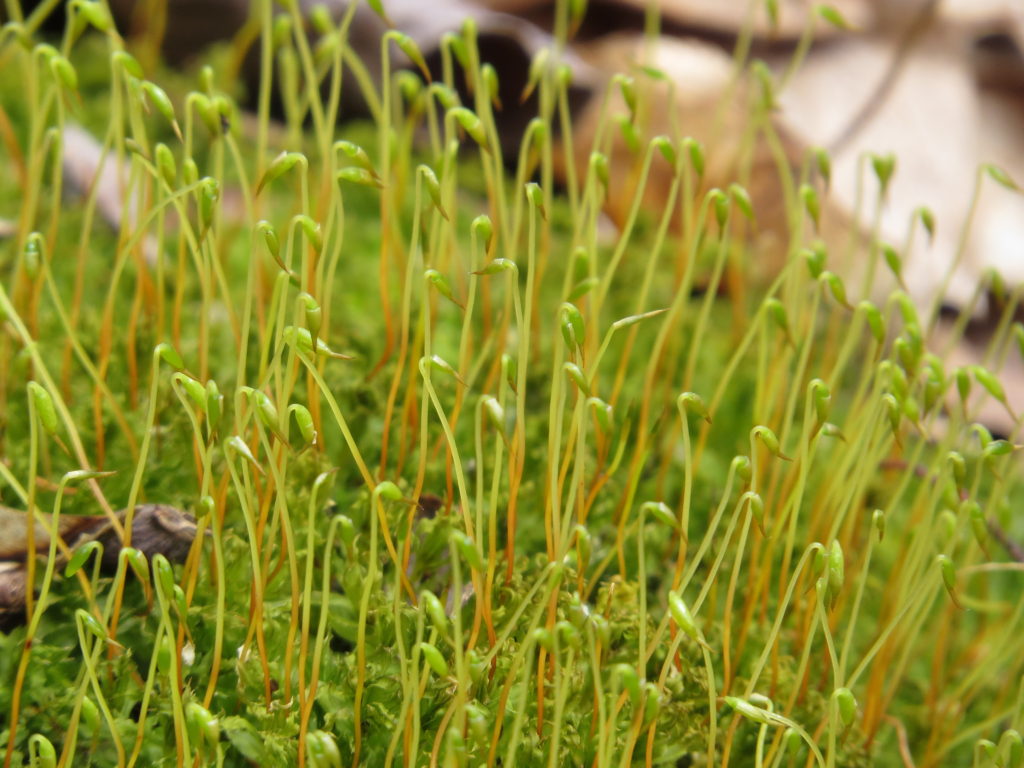
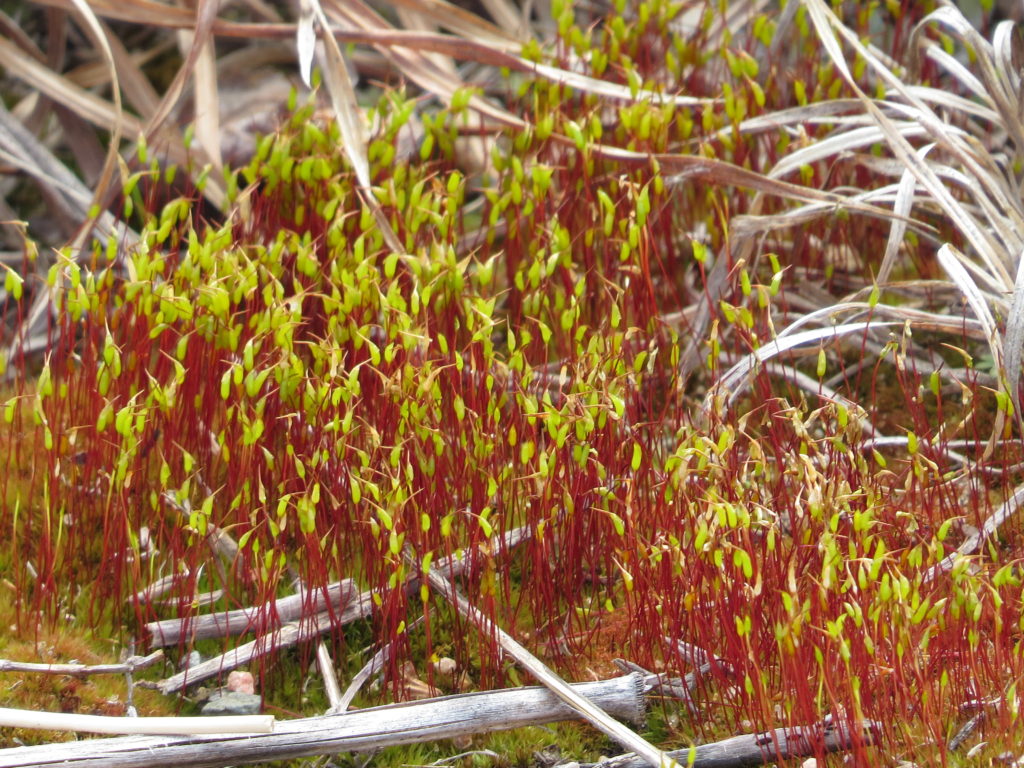
I found some green Fern fronds and a few trails of Wild Strawberries that had maintained their ‘greenness’ under the blanket of Winter snow.
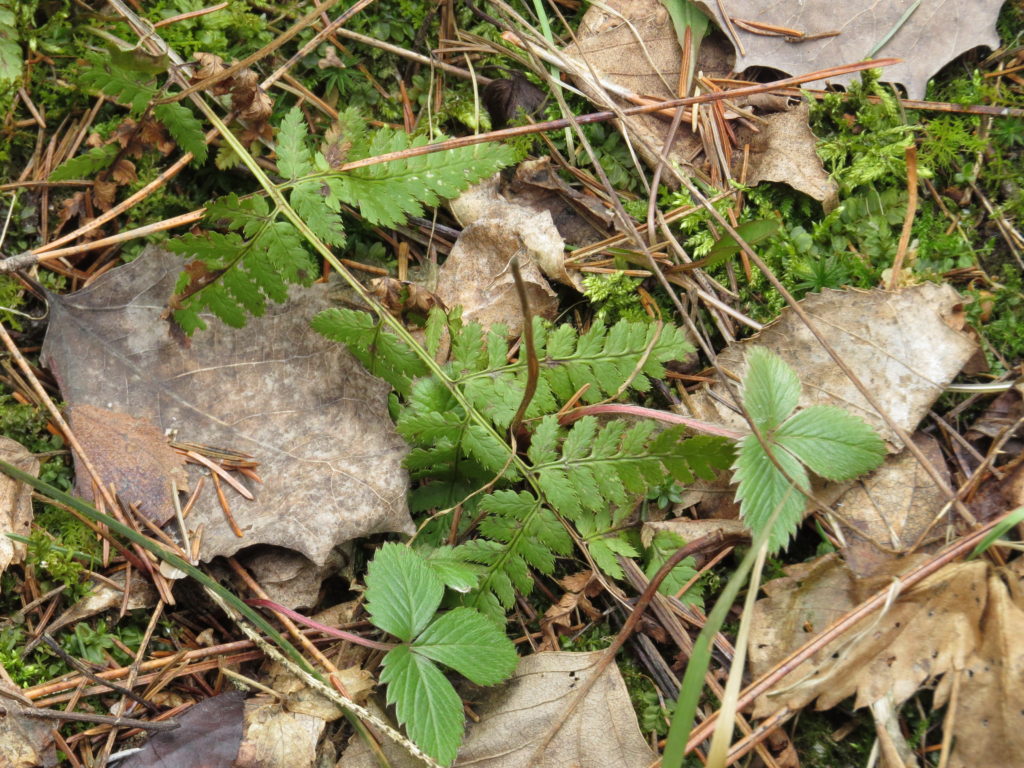
I found a hardy Thistle rosette that had stubbornly thrived under the snow.
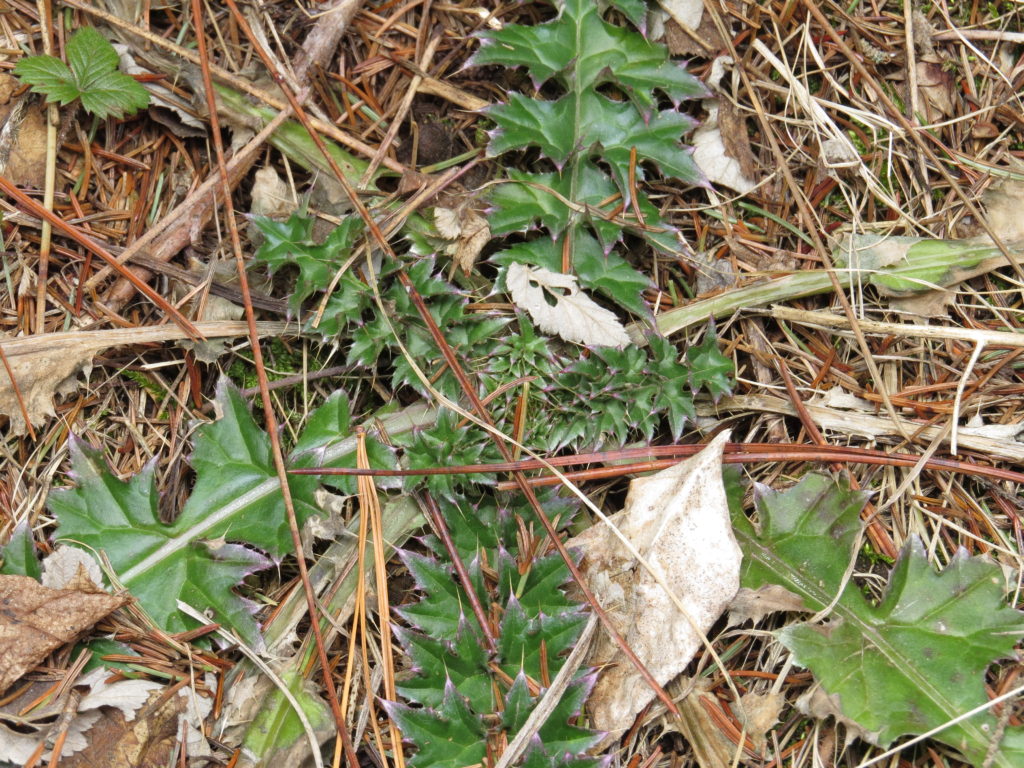
And on the prairie, I searched high and low for the early-blooming Pasque flower to no avail, but I did find the green leaves of Prairie Smoke under the old grass litter—a small signal of Spring hope.
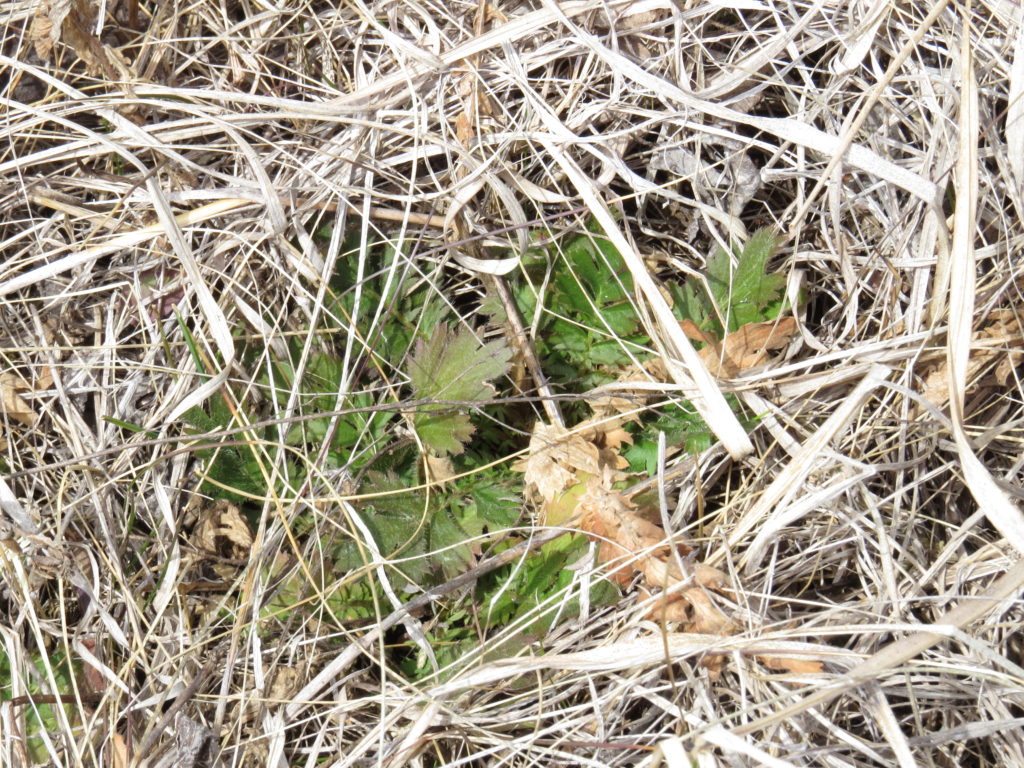
But that was it—beyond the tough little Pine seedlings that survive the snow burial of Winter which actually protects them from extreme cold and nibbling rabbits and deer. Gotta love them!
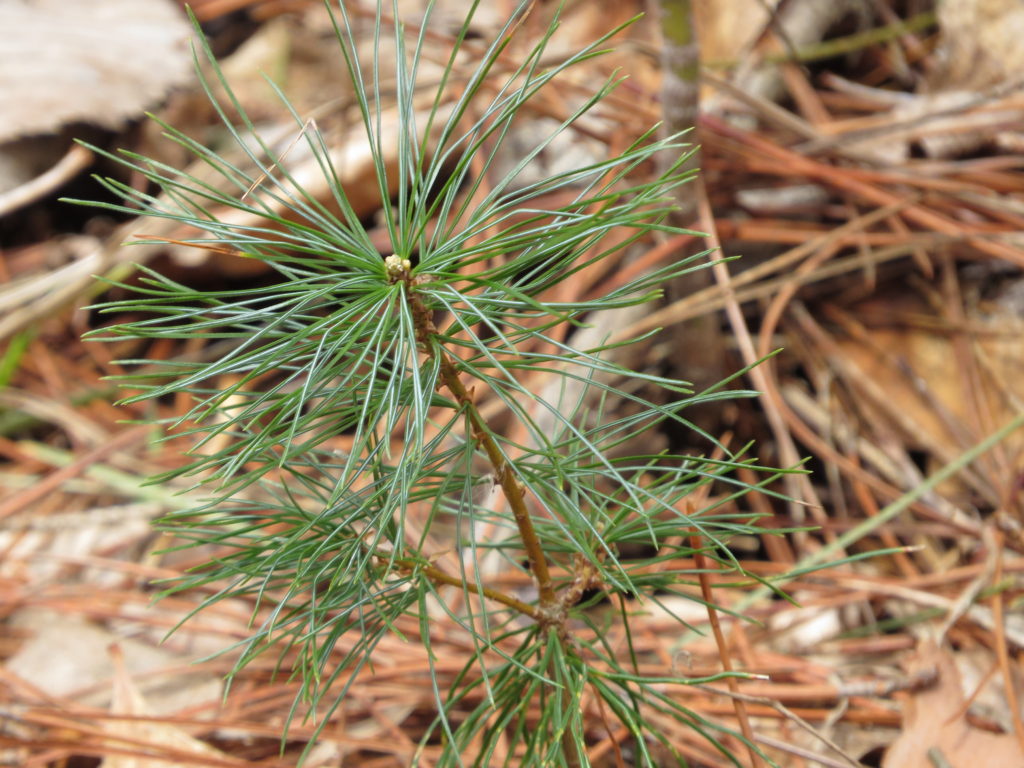
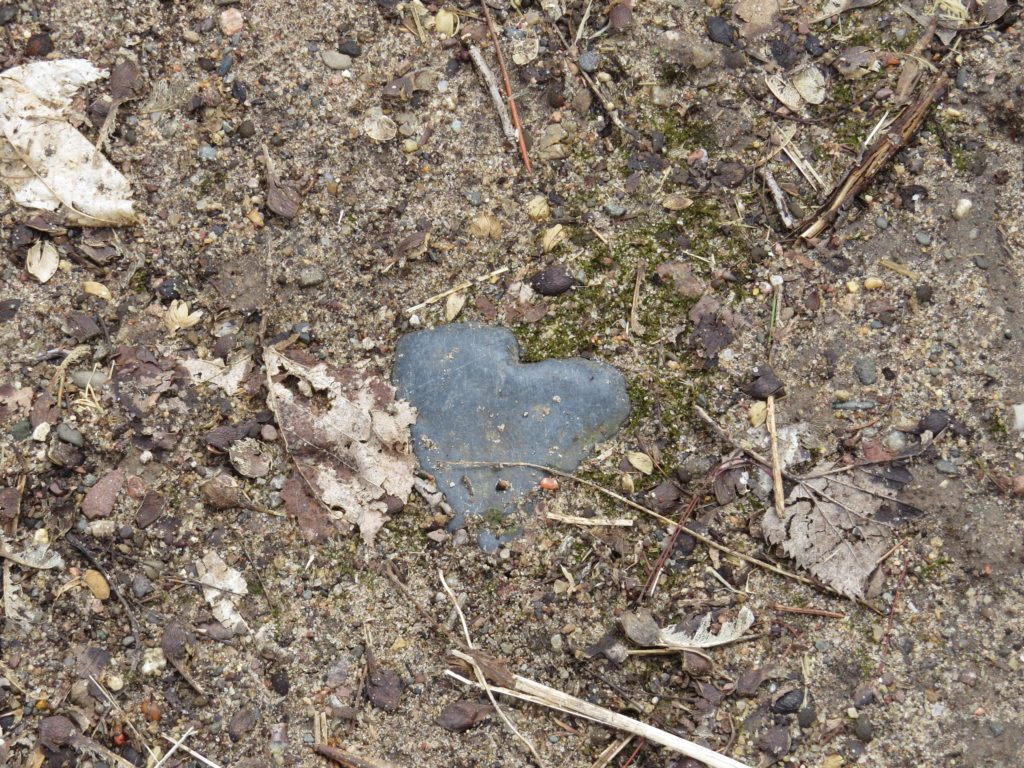
So I waited another week—one 60 degree day and some rain tricked us all into thinking this was it, but the cold returned, the sun hid behind pouty clouds, and we all waited again. Then on Thursday, I noticed a change! Leaf buds were showing and swelling and even opening! Lilacs, Gooseberries, and Elderberries! Oh, my!
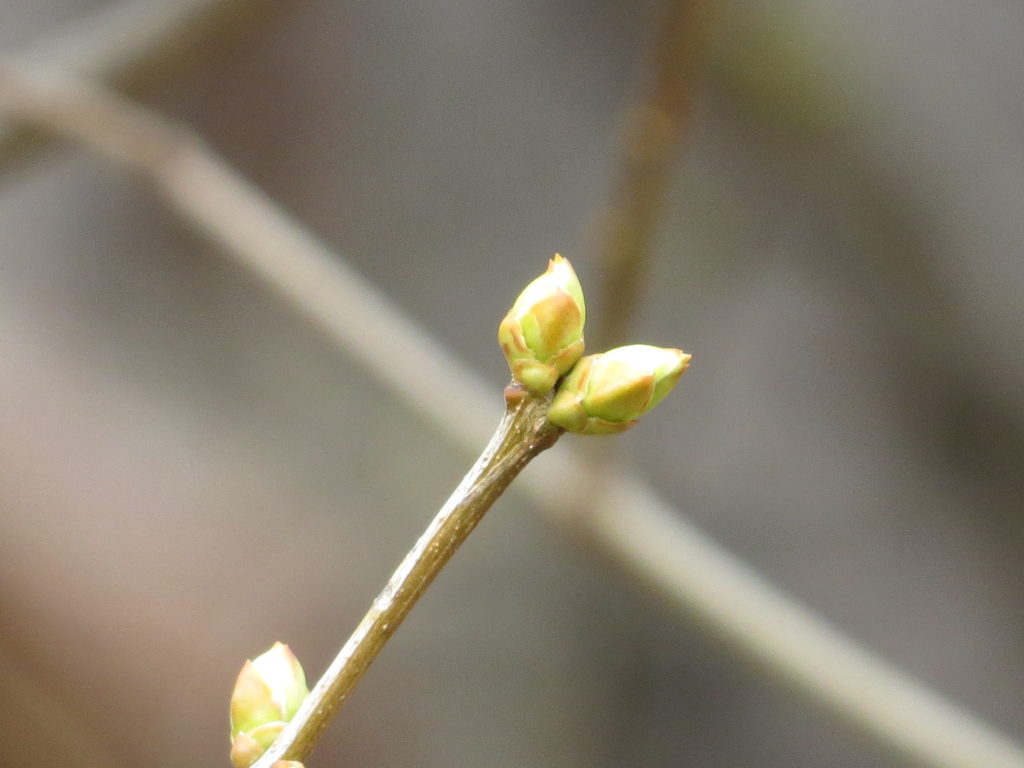
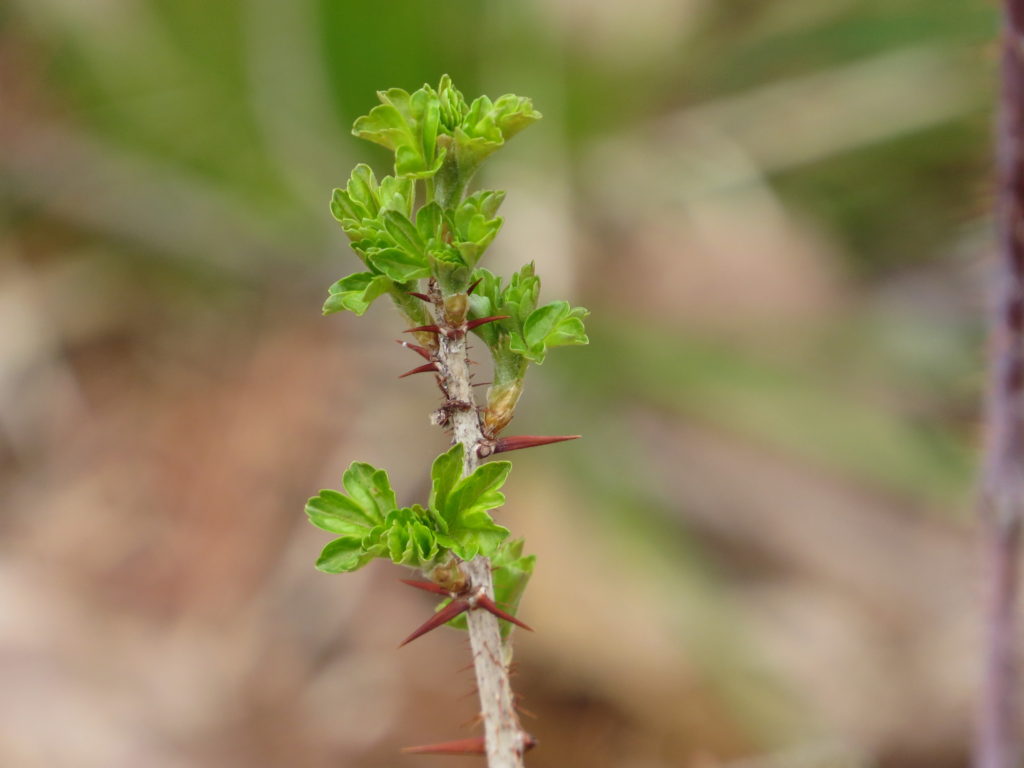
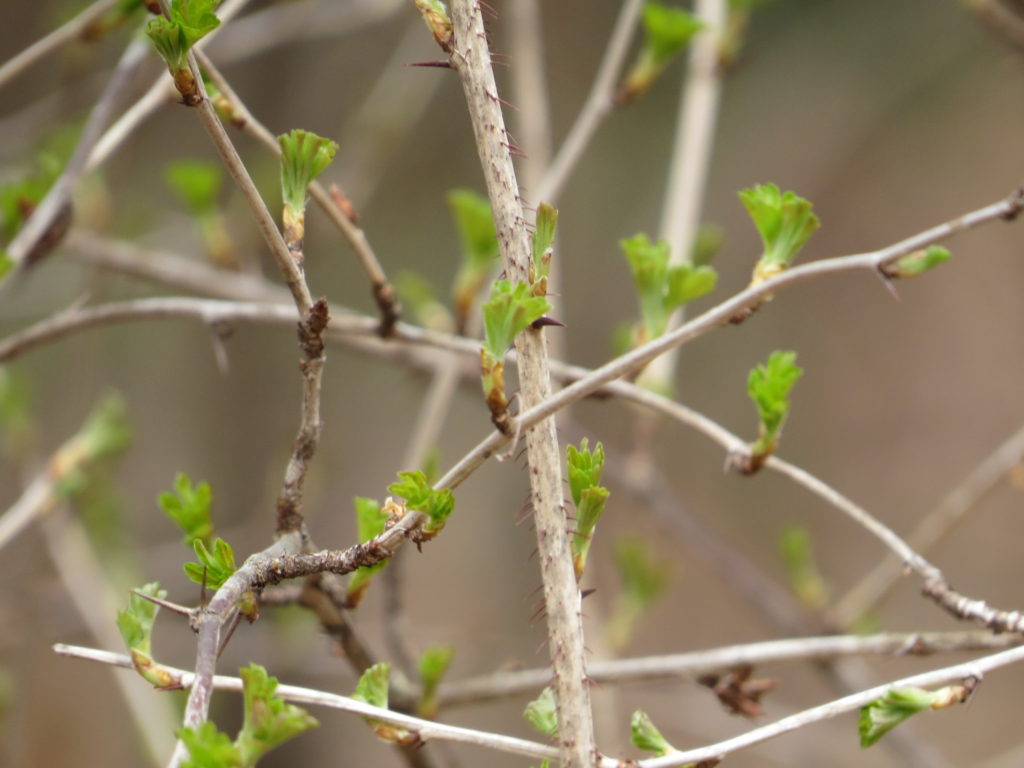
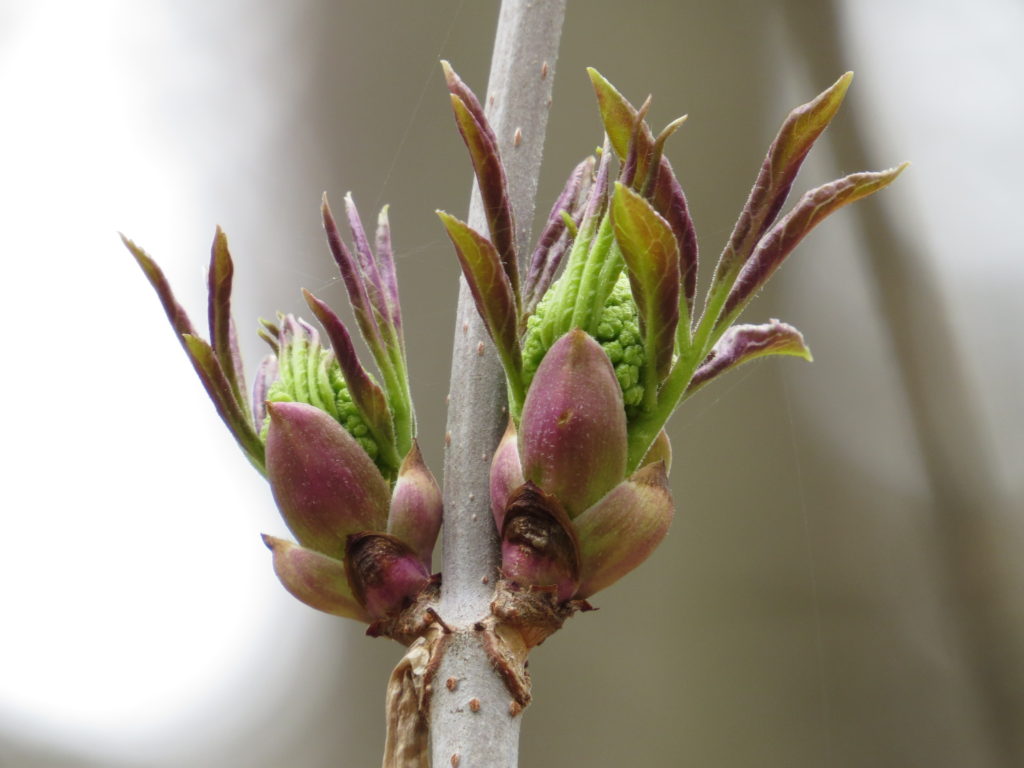
Scarlet Cup mushrooms, the first showy color that peeks from the forest floor, are one of only a few mushrooms that can grow when conditions are below freezing. They have been in their chilly element these past weeks.
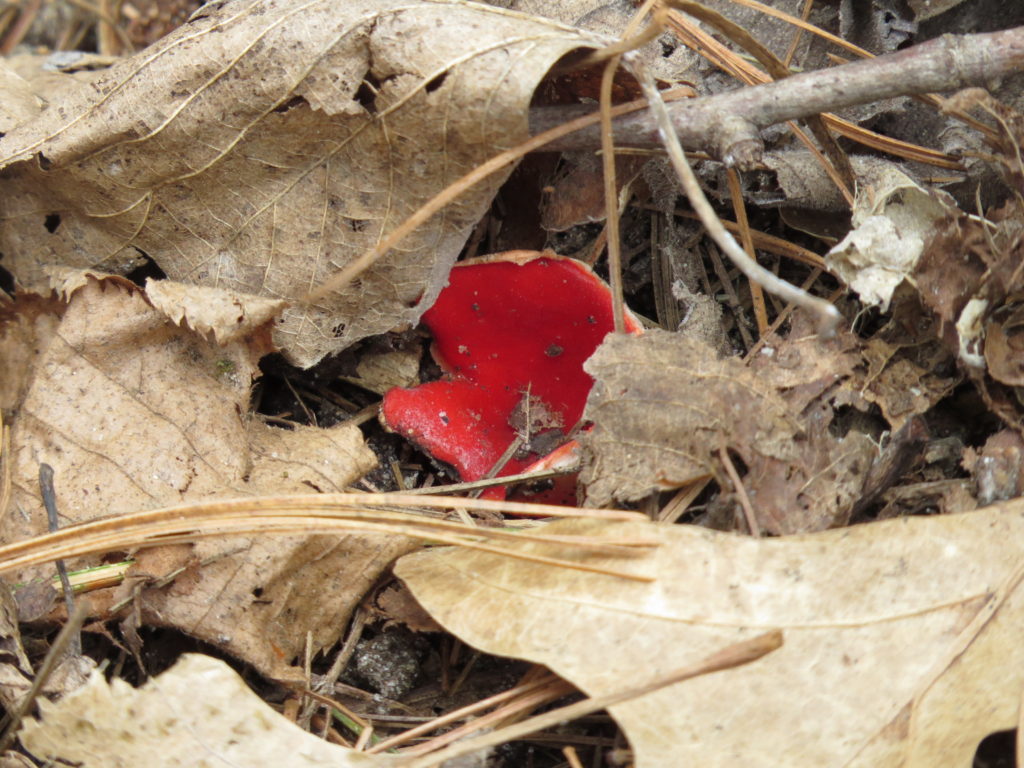
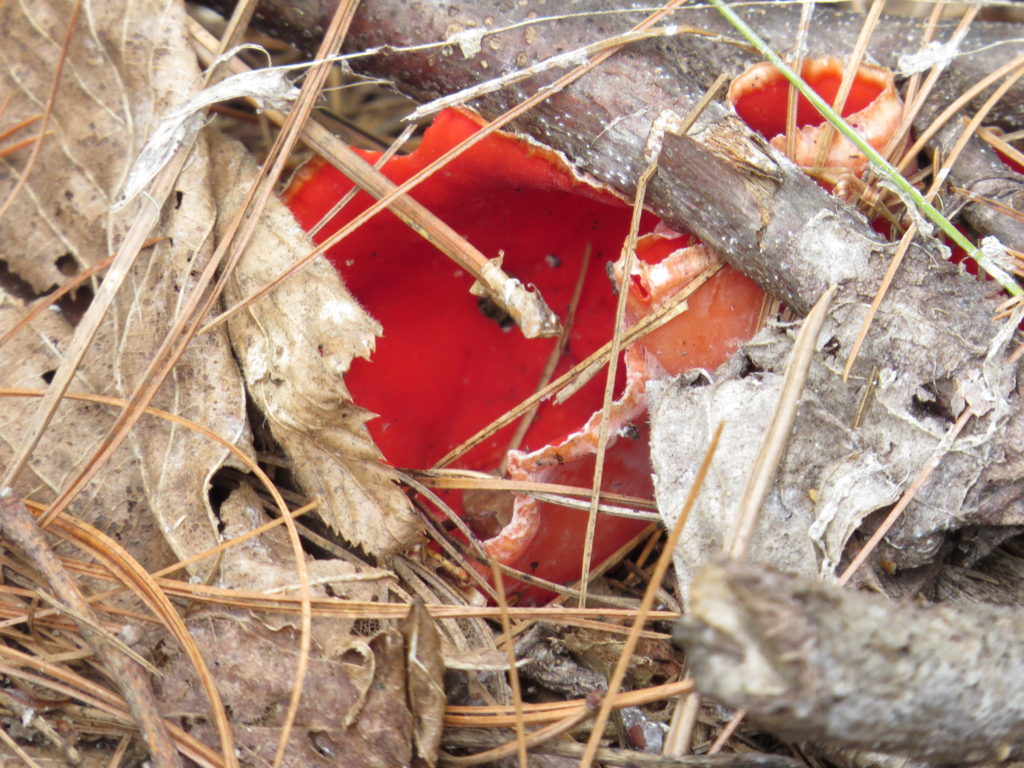
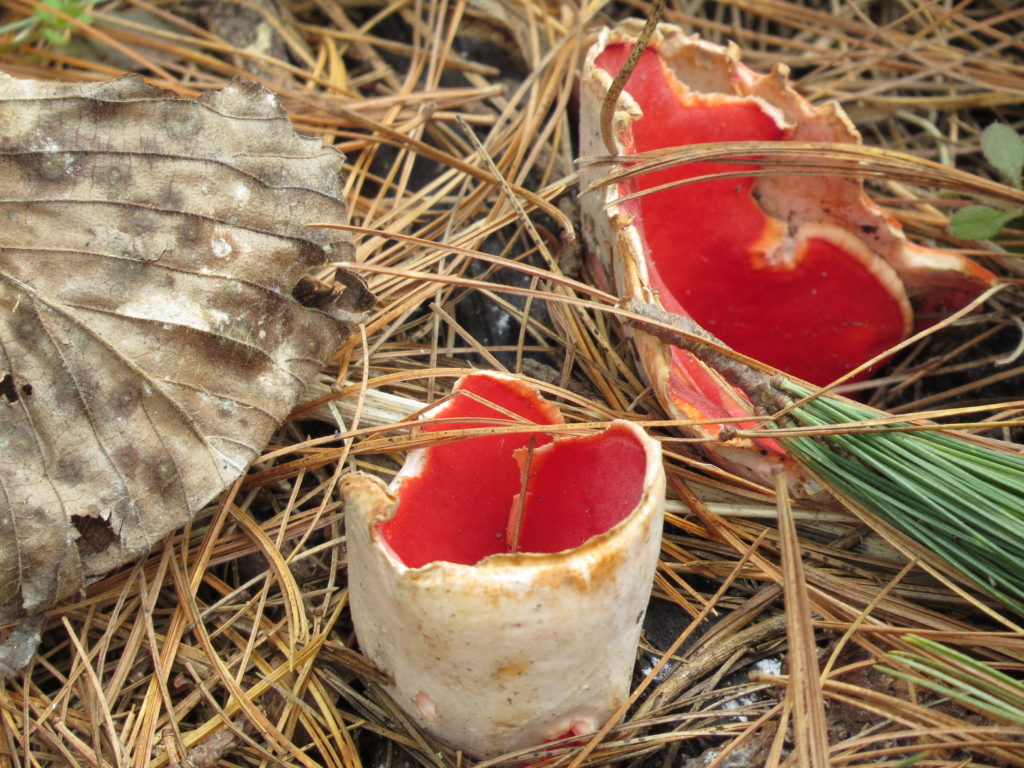
In a day’s time, some sort of perennial Lily did finally burst forth, growing inches in hours! Now that is truly Spring!
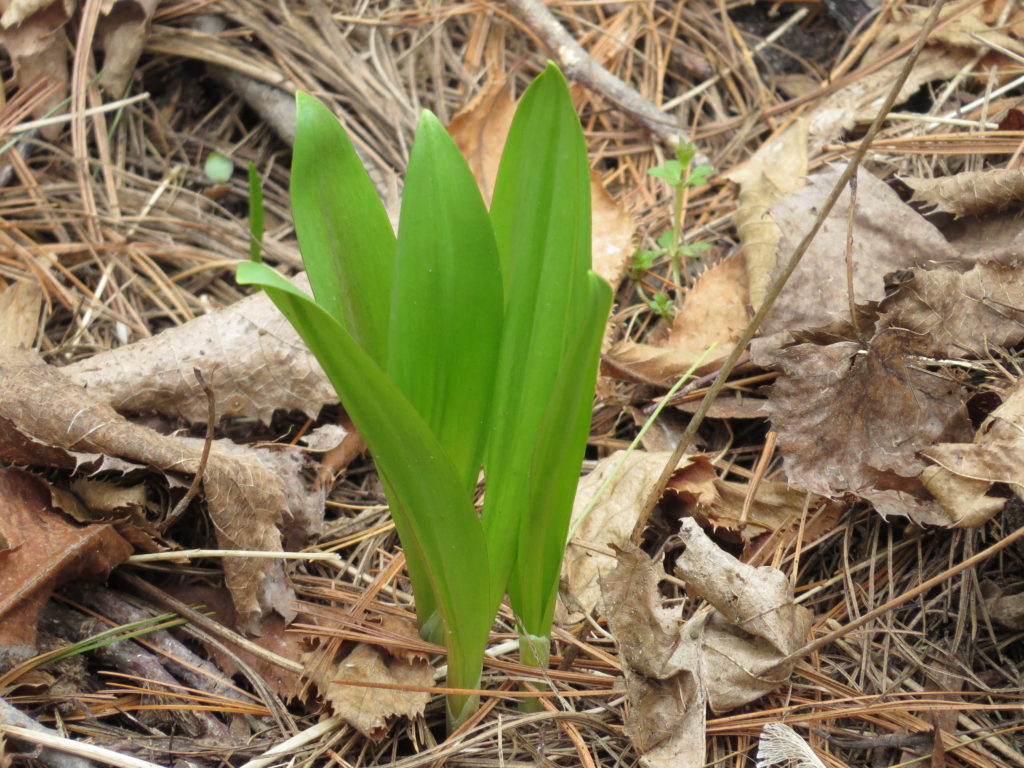
This weekend has been rainy, though still below-average temperatures, and will be the game changer. The grass looks greener overnight, enticing the rabbits and deer to munch on the vernal goodness. And the Crabapples will soon be blooming!
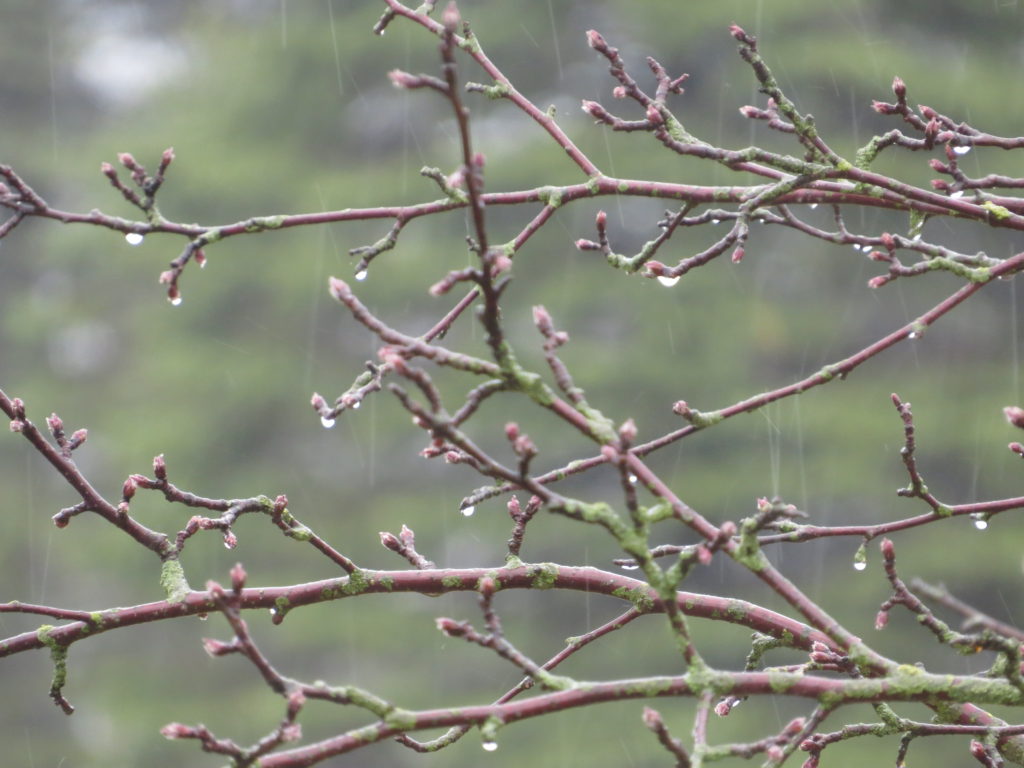
The wait is not over, but the things we want from Spring—warmer temps, leaves, green grass, and flowers—are manifesting as I write. It’s hard to wait for what we want. We live in such an instantaneous self-gratifying world (thanks technology), and it has trained us to be impatient when things don’t go our way. But waiting for and anticipating something that is exciting for us can be a gift in and of itself. I remember wanting my own horse but having to wait for years before I had earned enough money from cleaning out stalls at our neighbor’s horse farm. I remember wanting to be married to Chris, to see him every day but waiting in different states until our wedding day. The conditions have to be right—for Spring, for buying things, for getting married. And sometimes, we don’t get what we want—the conditions are never just right, our will or desire is not enough to overcome the odds, another person is unwilling or unable, or things are so beyond our control that we cannot get what we want or even need. But the things that pull us forward are limitless—the Spirit of the Universe never sleeps. Spring will arrive, then Summer, Fall, and Winter. It may not be on our time schedule of wants, but it will happen. That’s reassuring. Waiting also gets us out of our own heads and our thinking that we are the Kings and Queens of the world. We are not. We have things to learn—patience may be one of them. And sometimes, oftentimes, the outcome—whether a flowering Spring, a wonderful horse, or a beautiful marriage—is definitely worth the wait.


